Comic Analysis & Rules — Interactive Guide
A comprehensive, navigatable guide to comic panel layout, storytelling techniques, and artistic analysis. This guide transforms extensive comic analysis notes into an ADHD-friendly format for quick reference and deep study.
Core Rules & Principles
Keywords for Comic Panel Layout
All panels laid out clearly, purposefully, each shot choice and panel has a reason for being what it is. No messy jumps from this to that to this 'just because'.
Marvel Chief Director Advice
- STICK TO THE GRID - as much as possible, stick to simple, clear panel layouts. Focus on the action and telling the story and only get wacky with it when there is a clear purpose for it.
- USE BREAKOUTS SPARINGLY - don't break out of panels willy nilly, use very sparingly, and only break downwards.
- USE GUTTERS - gutters help clarity and pacing, only ever get rid of them for the intense erotic fast paced moments.
SMAC - Silent Manga Audition Community
- Double Page Spread - treat the whole visible area - the double pages - as one canvas.
- Focus Panel - always have one FOCUS PANEL on the two pages that act as a focal point for the beat.
- Hiki-goma - always include a hiki-goma (The Leading Panels) at the end of the double page spread. Use the last panel/few panels as a hook to catch the readers attention and make them want to turn.
- Purpose - Define a purpose for each page, this will inform what kind of panel layout to use.
Purpose Examples
Examples can include: highlighting a peak moment, a transition to a new beat, building towards a climax/peak, falling action after a peak, etc.
Page Layouts & Types
Layout Philosophy
- The gutters, tilt of panel borders, overlapping panels and breakouts can be used on all of these to vary the intensity.
- Sequences of pages: Think in sets of pages rather than purely page by page.
- Two Page Spreads - treat all pages as part of a two page spread, not single pages in isolation.
Two Page Spread Examples
Even Distribution - Balance
Evenly balanced mid and big panels across the spread. Hiki-gomi is a breakout panel.
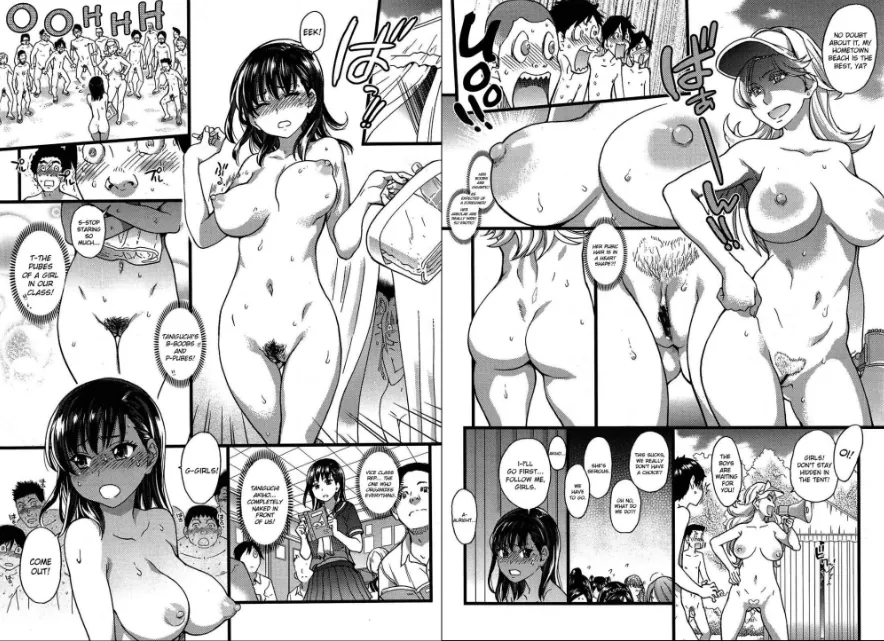
The Few vs The Many
Balanced out smaller faster panels with a few bigger slower ones.
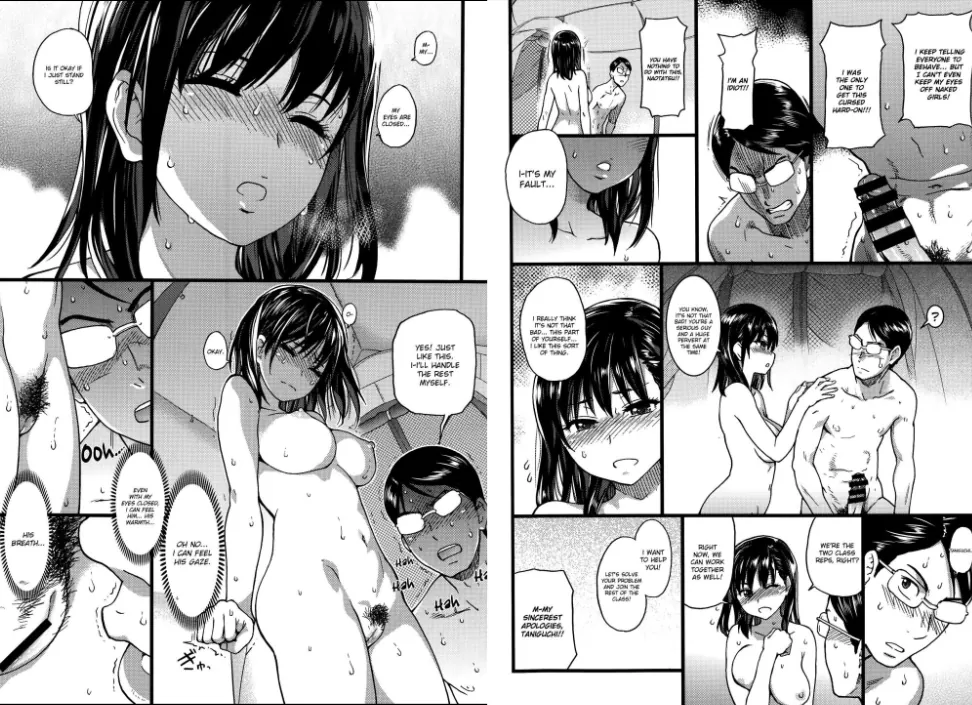
Half and Half into Big Vertical and Stacked
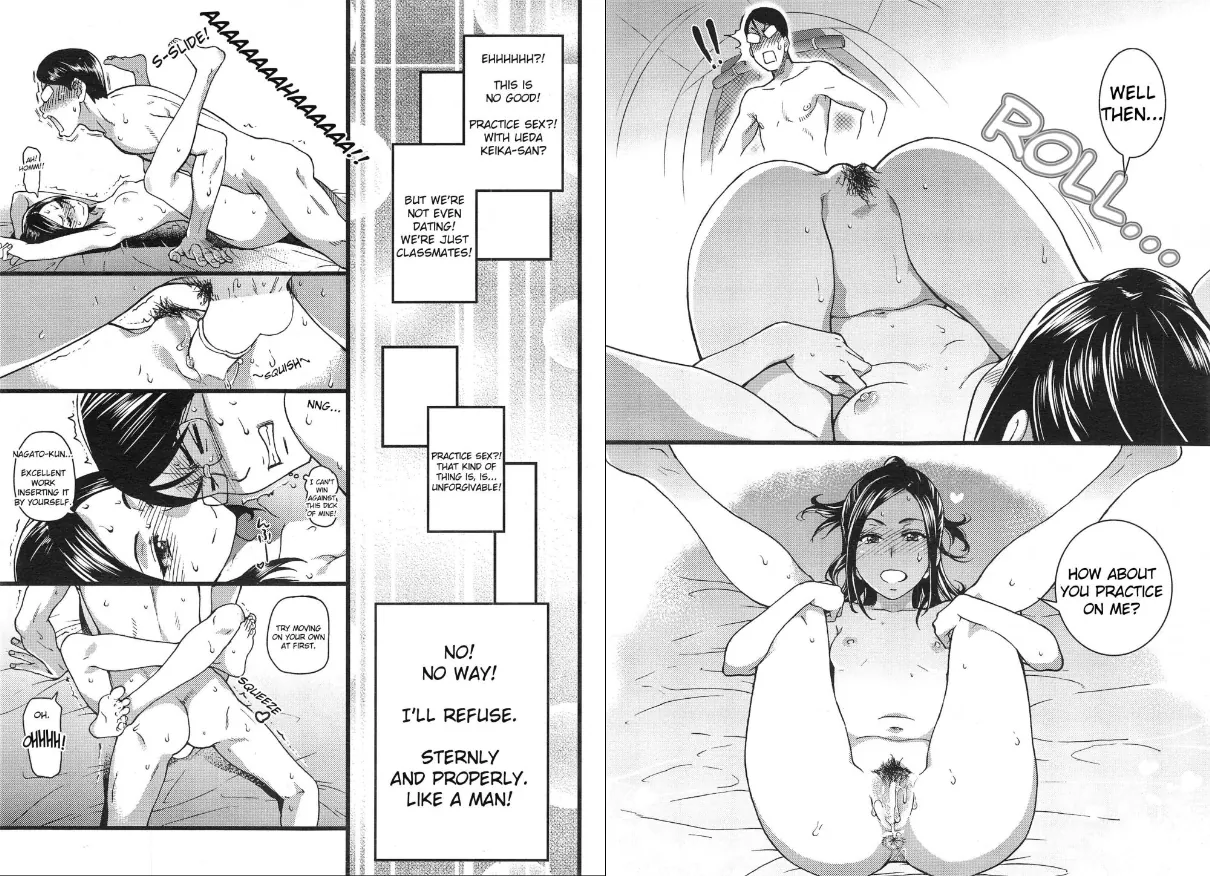
M/S/M/S Irregular
Good for pacing control. Reduce the size to speed up the pacing but can simultaneously stretch out the action.
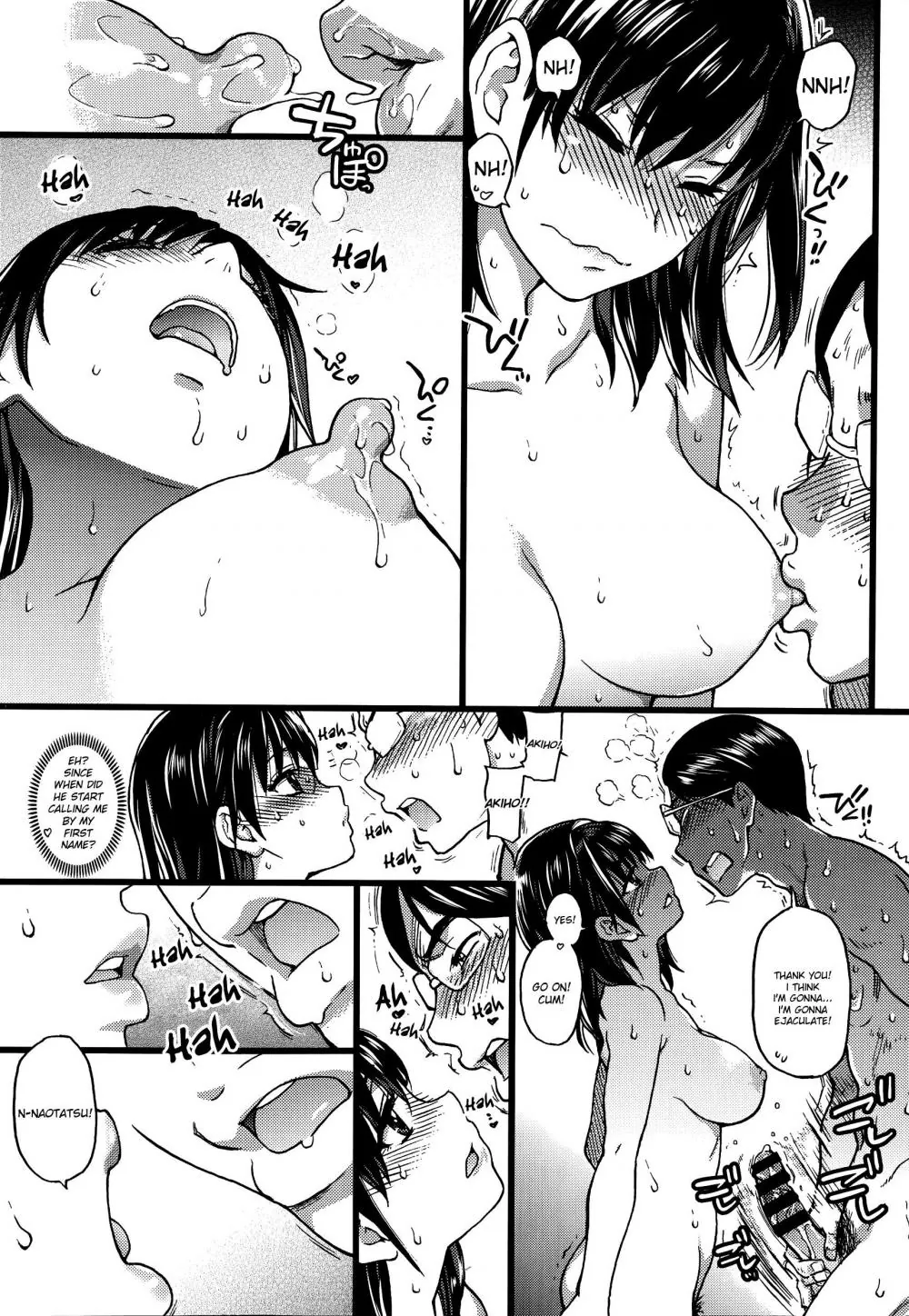
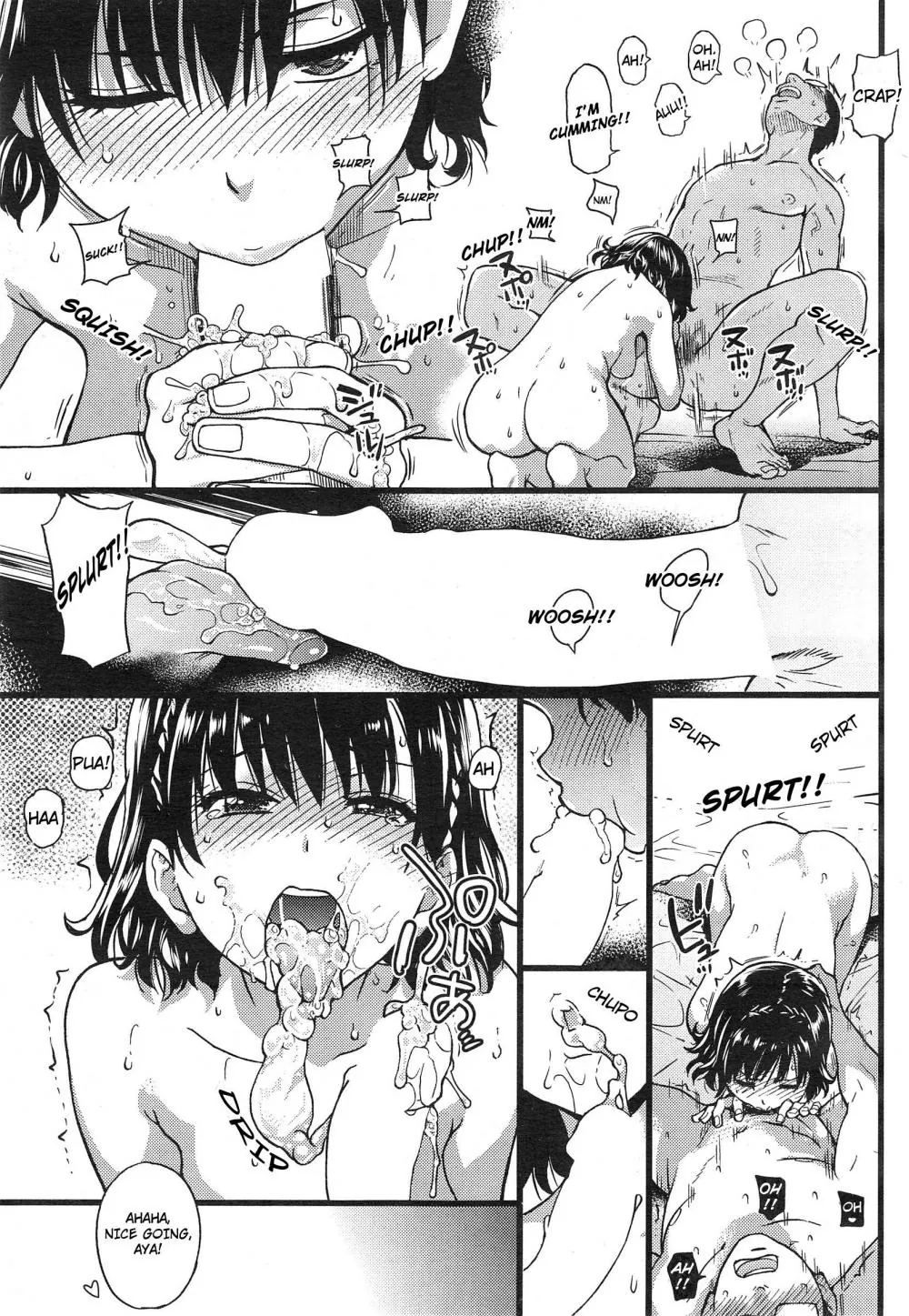
Big Middle
One central focus panel commanding the spread. Perfect for "realisation" or hero image moments.
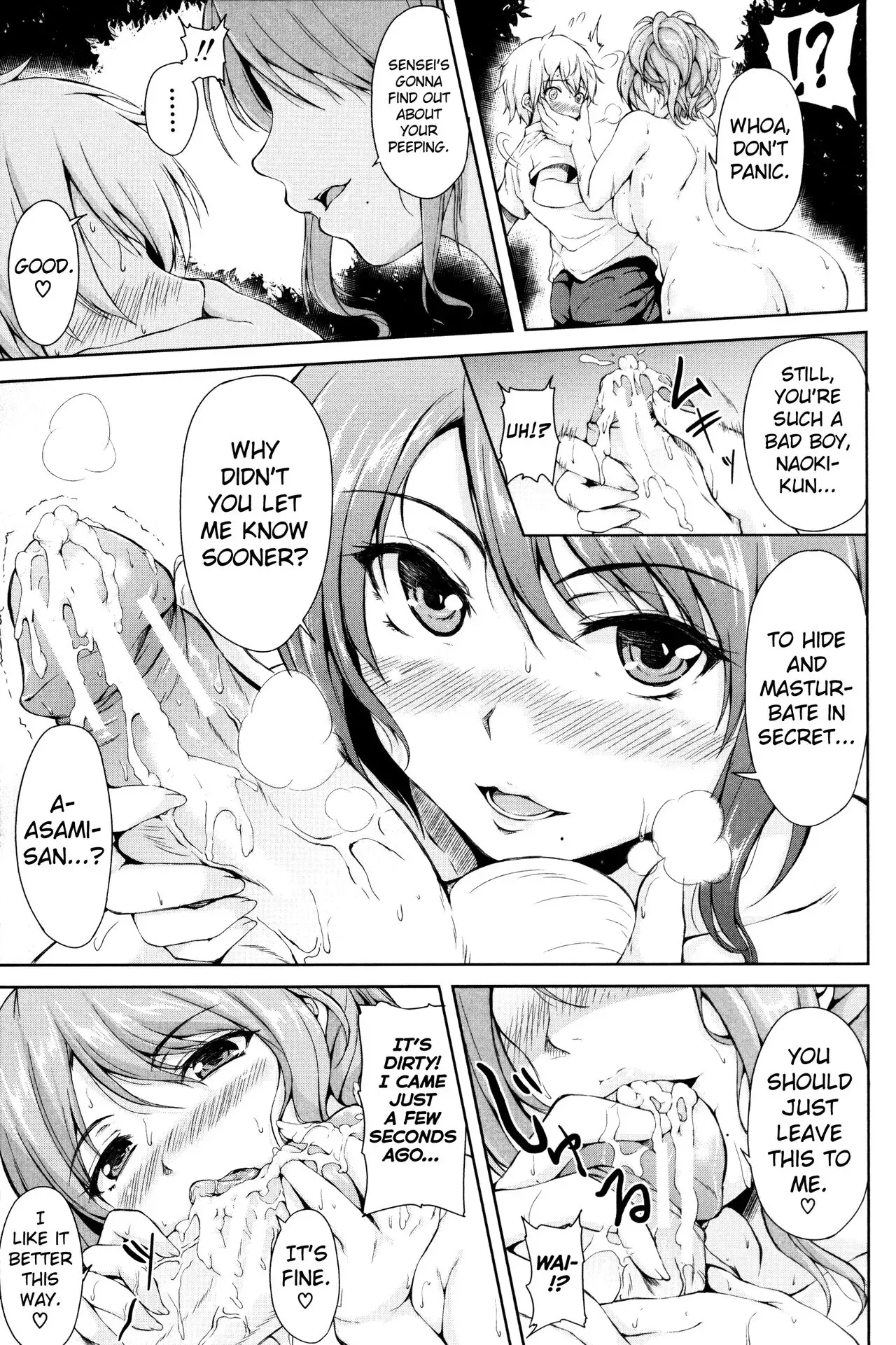
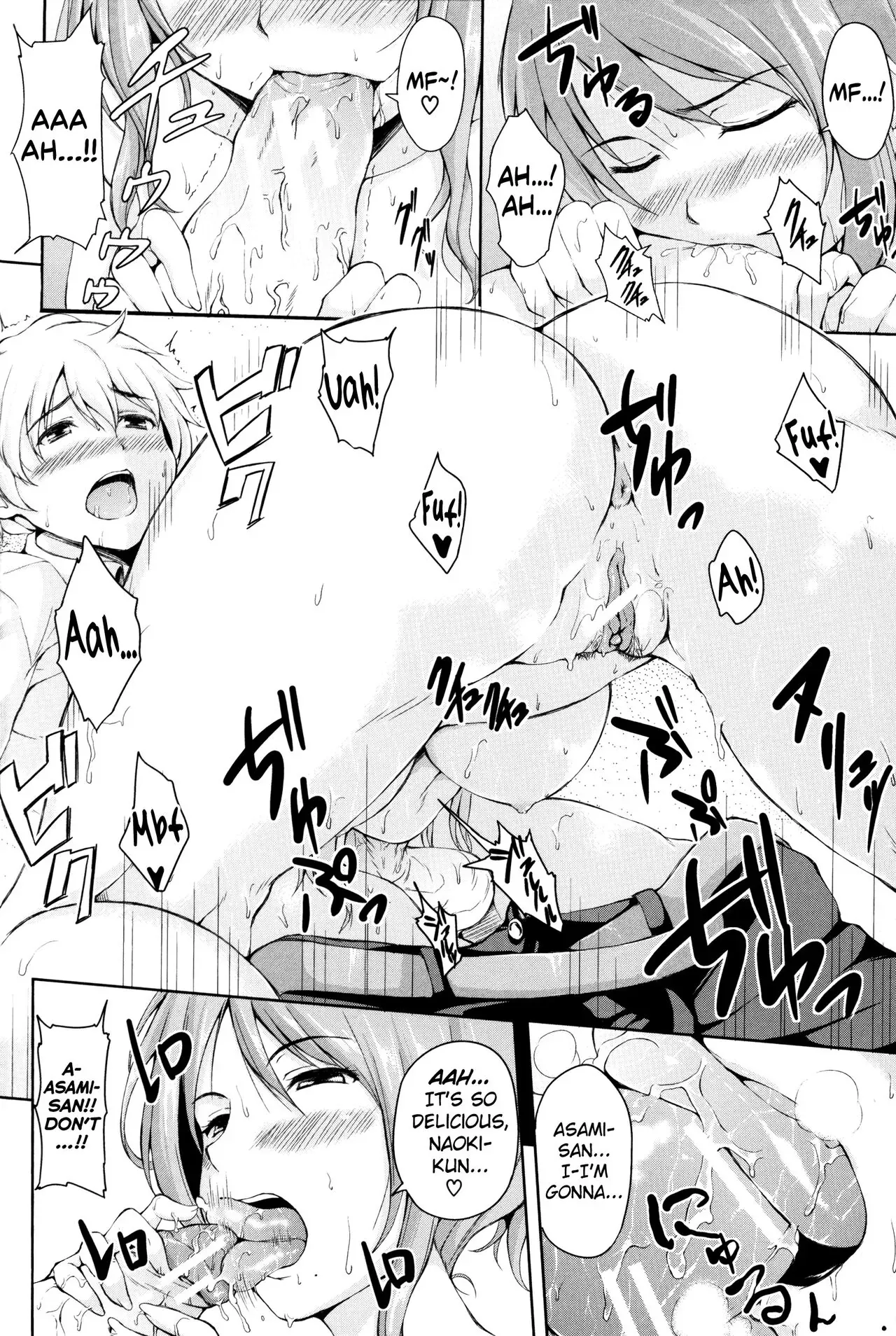
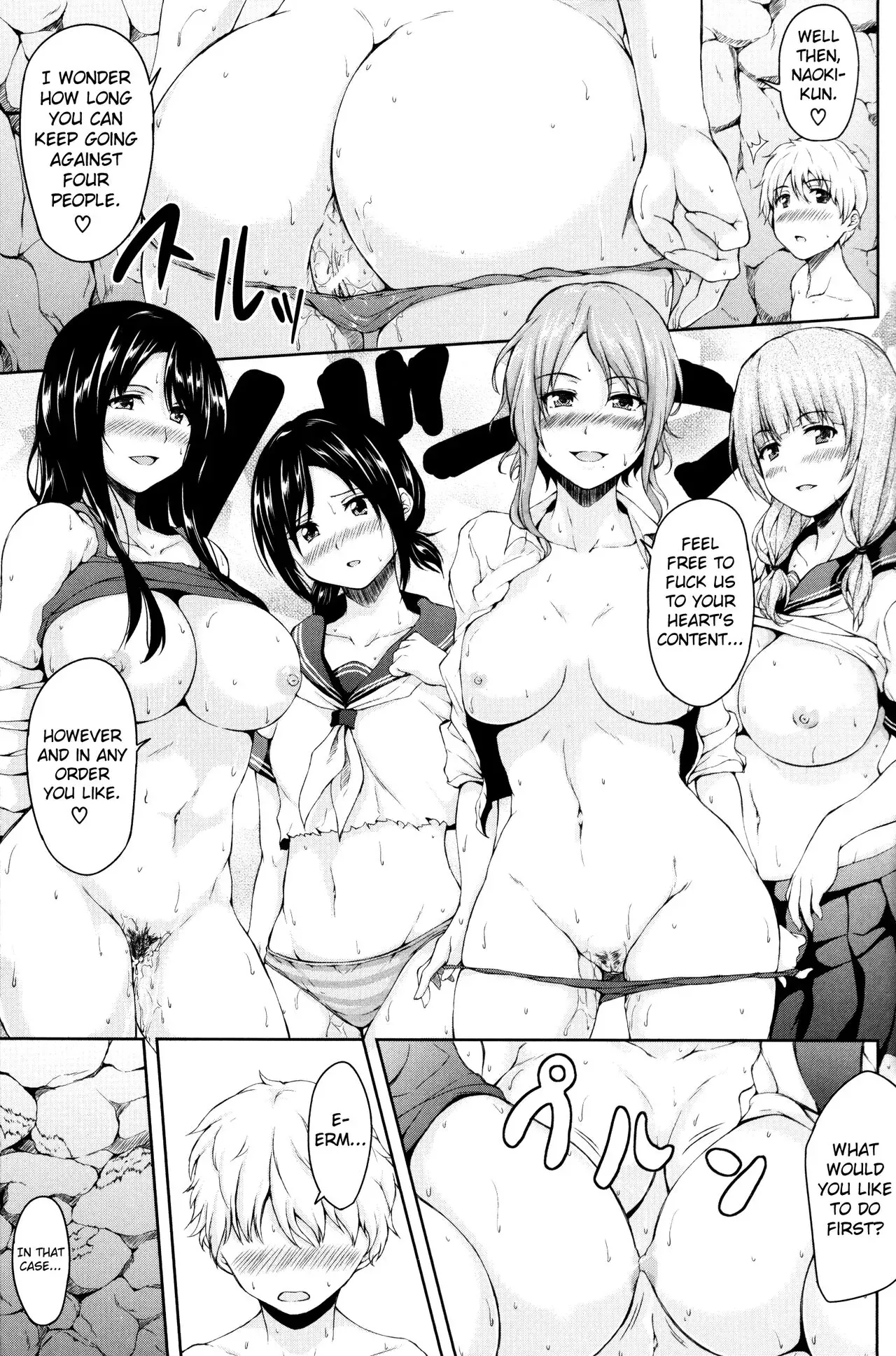
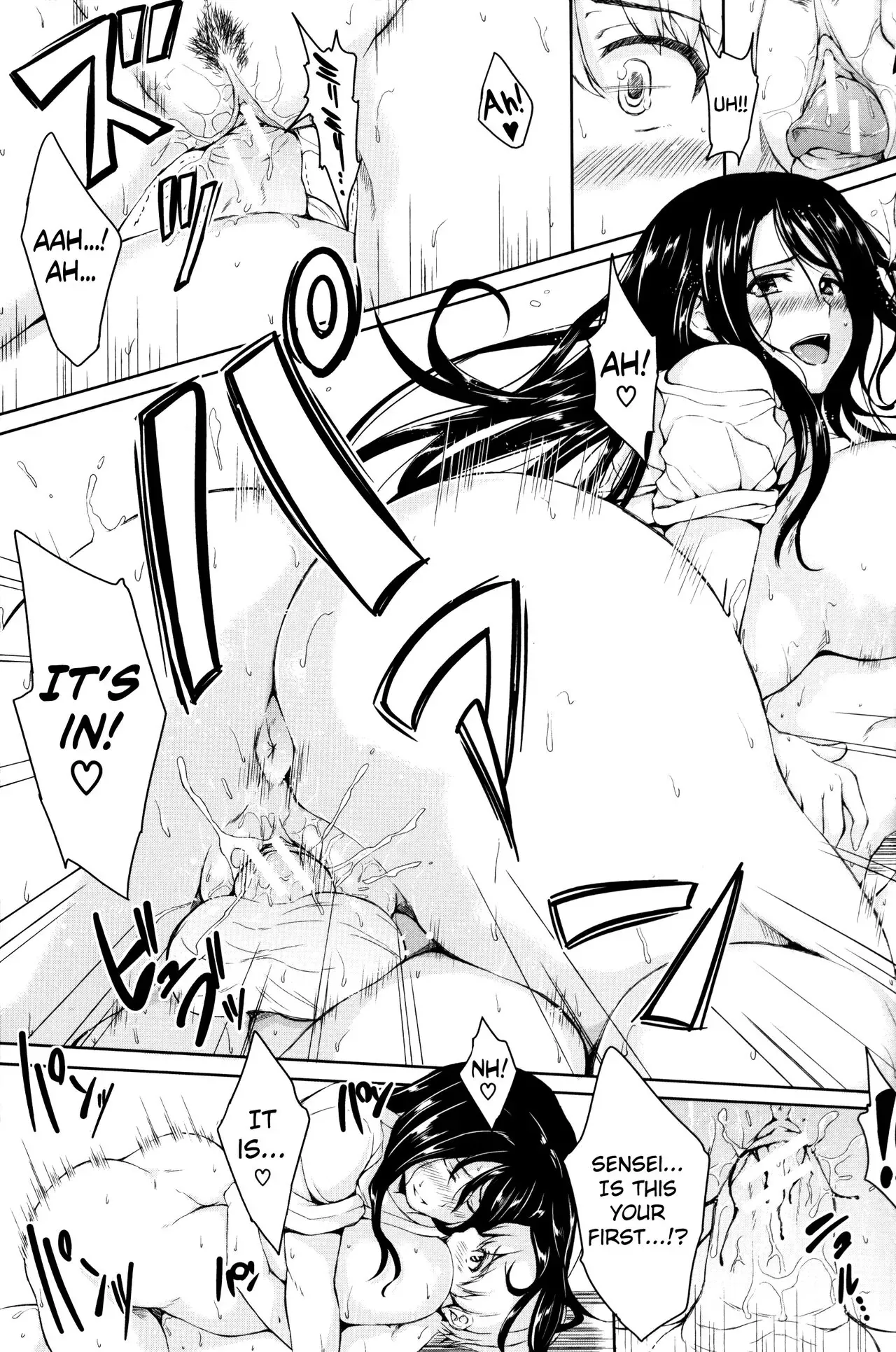
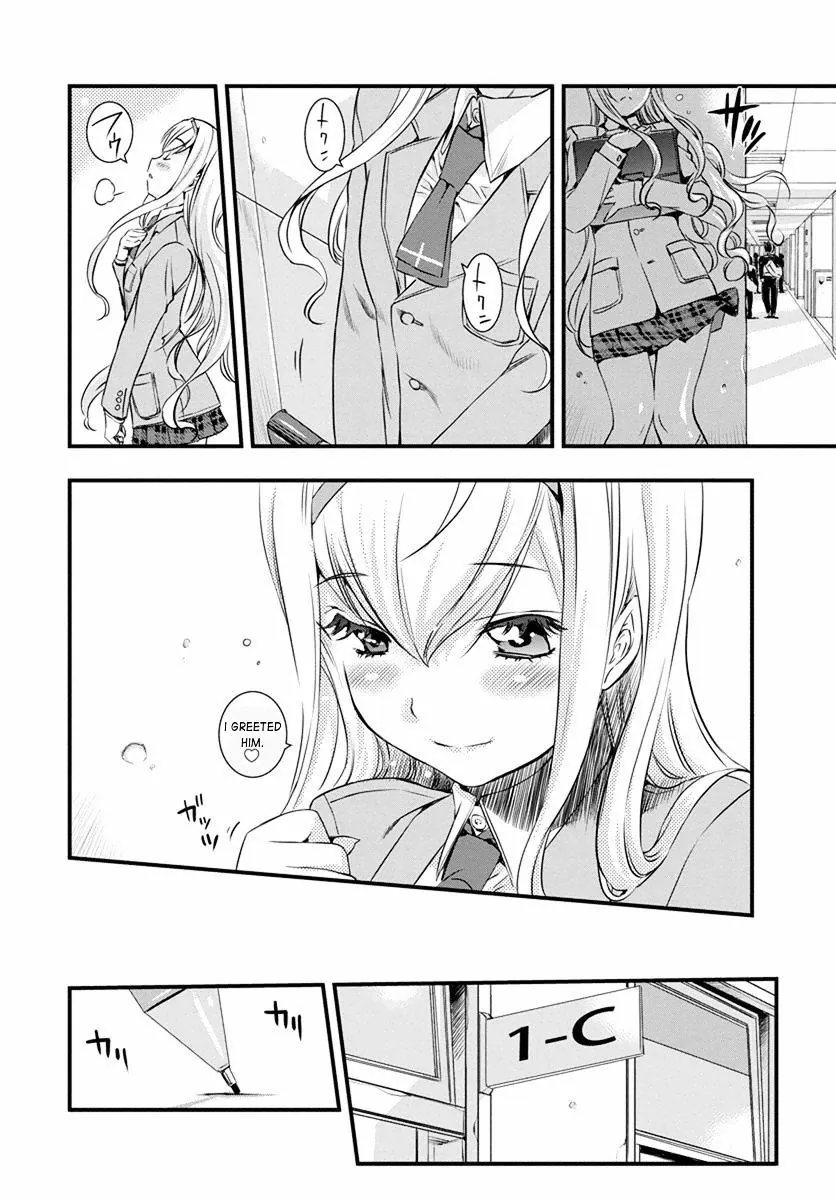
Shrinking Spiral
Note the reading order is right to left, so it goes big-small-small-medium. Tighten focus, compress time.

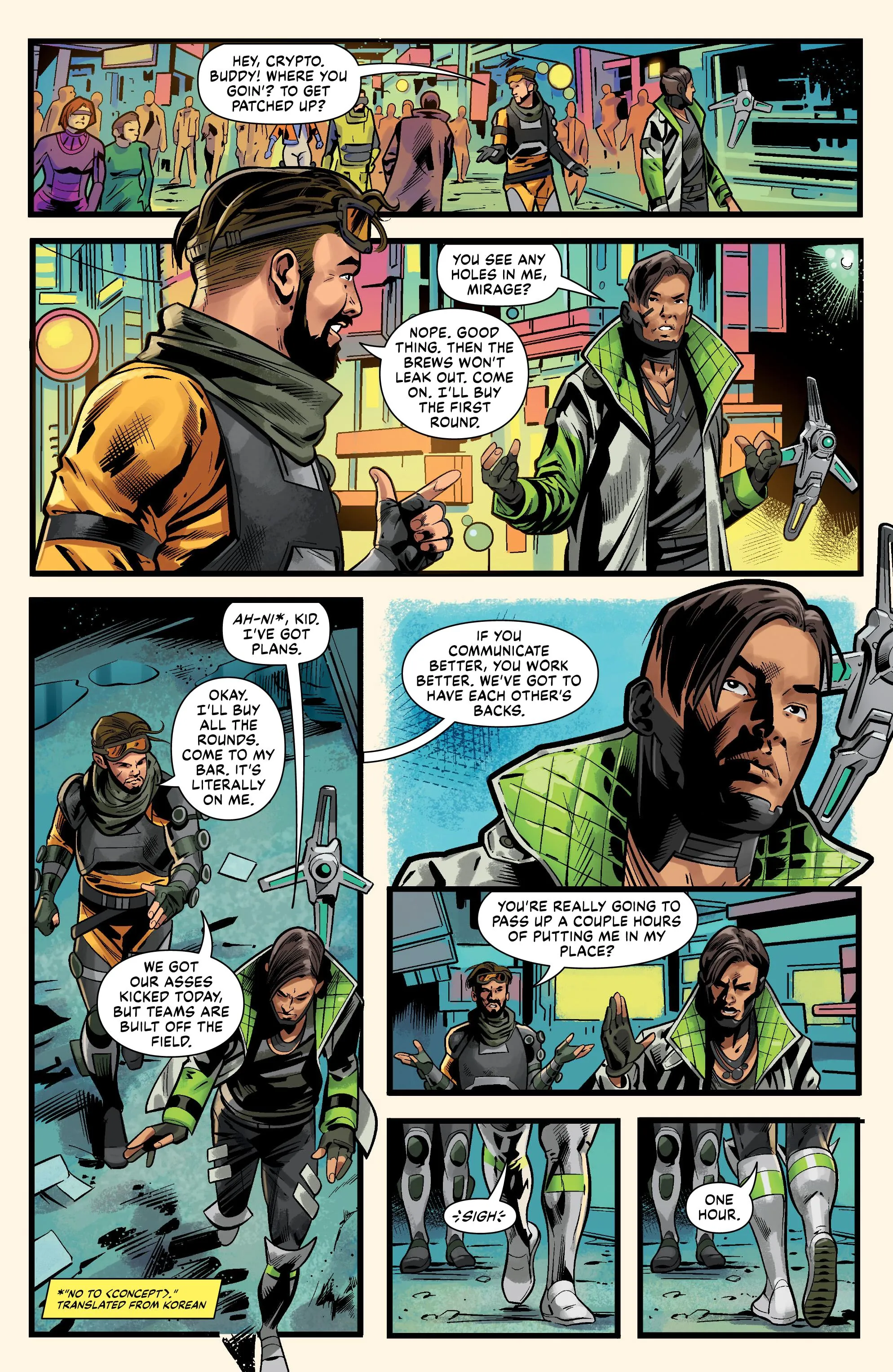
L-Shaped (Regular/Mirrored/Upside Down)
Bookend flow with a dominant column or row. Great for sequences where one image deserves gravity.
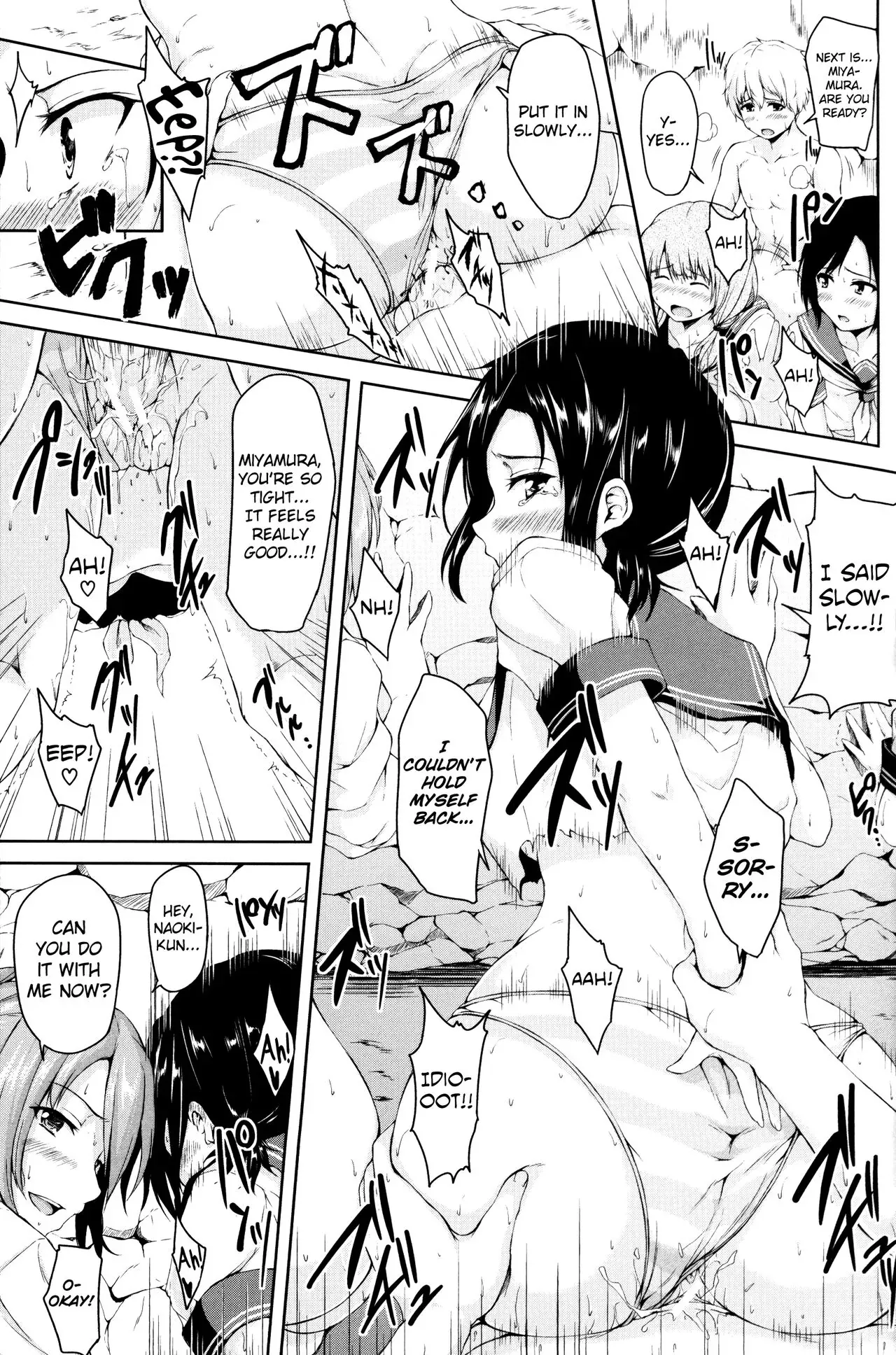
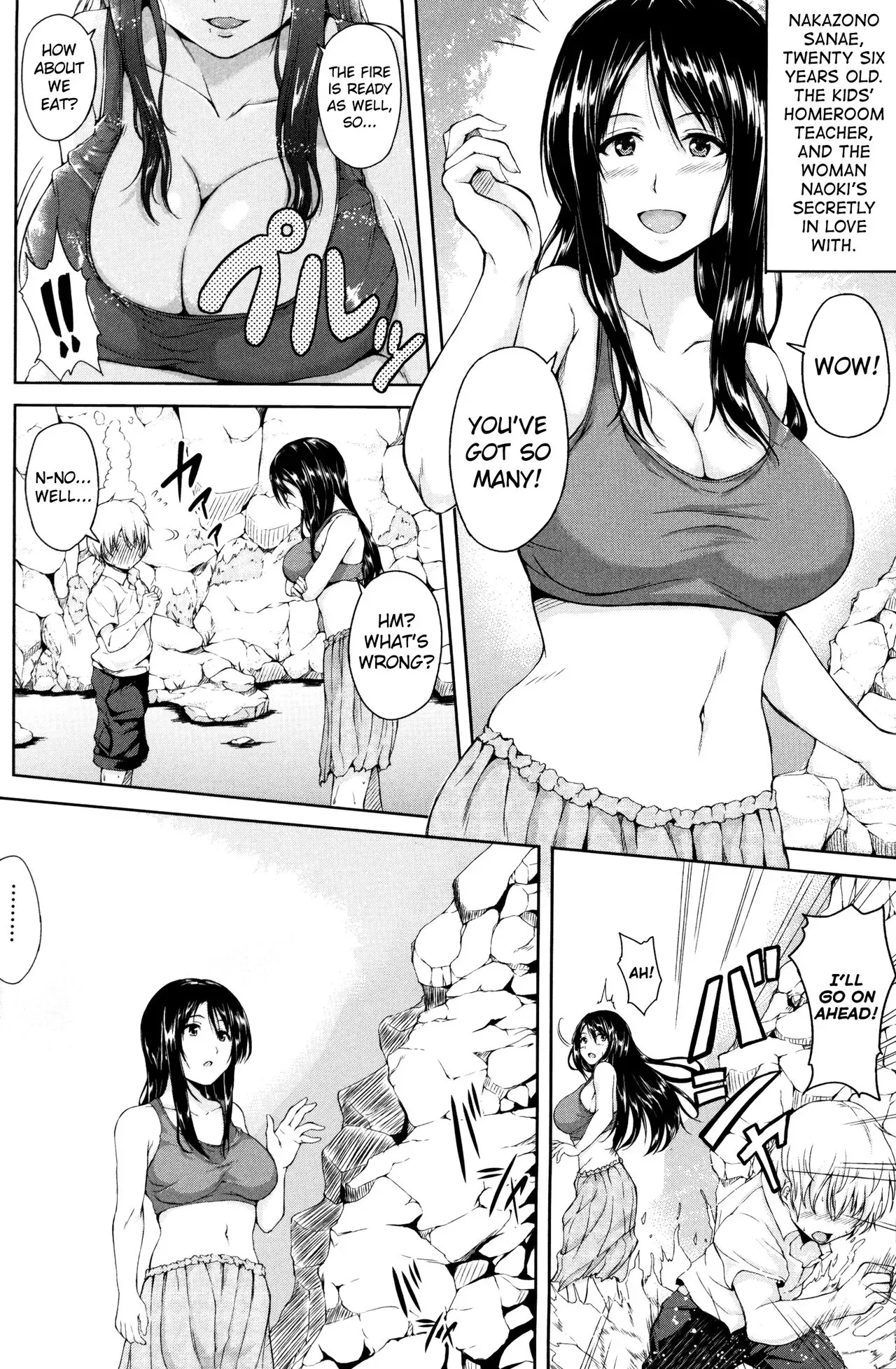
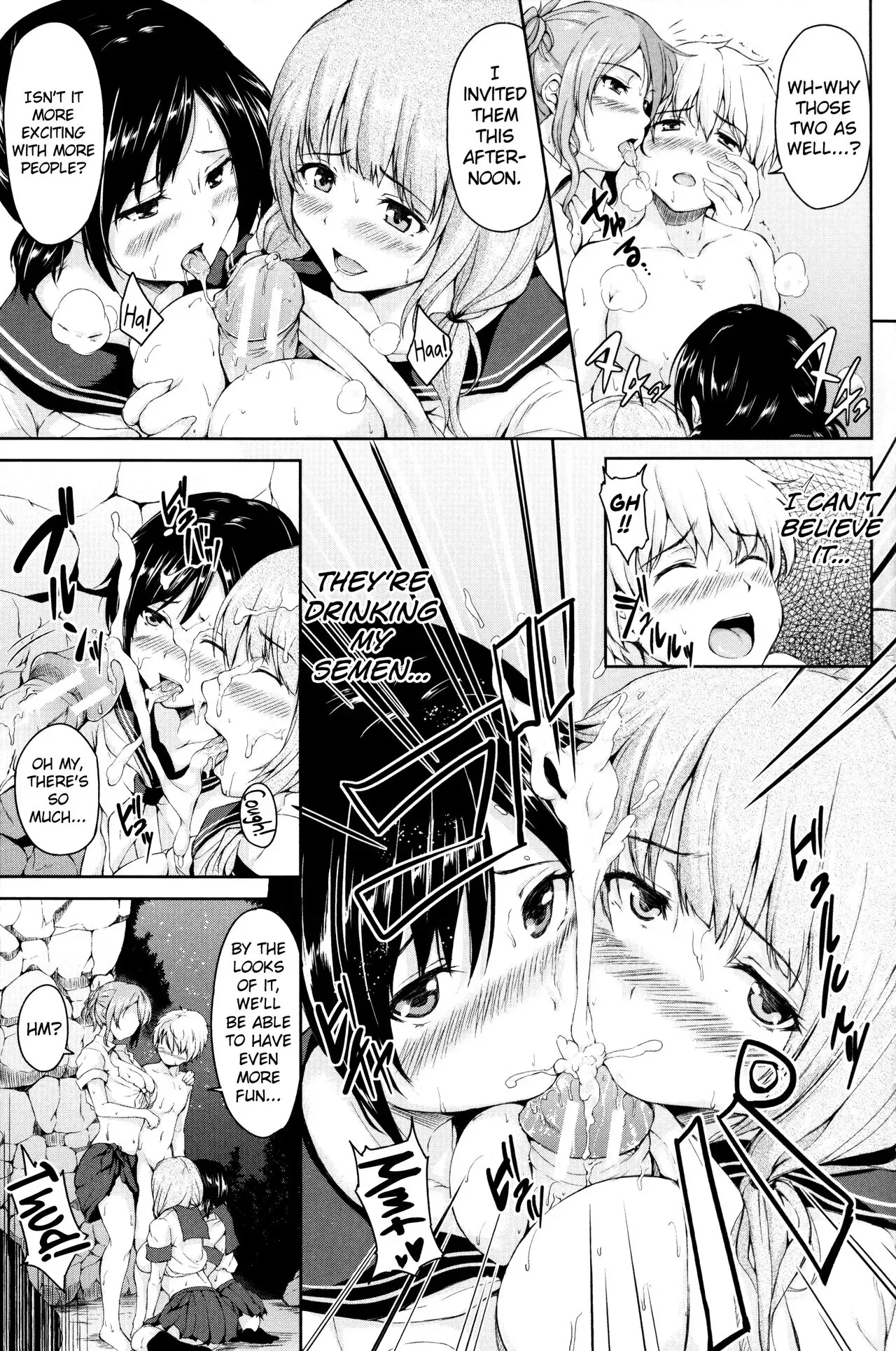
- Use to anchor a scene or punctuate beats.
- Flip across multi-page runs to vary rhythm.
- Example sequence: Upside Down Mirrored > Regular > Upside Down > Big Middle
Half and Half
Pure big visuals, like a full splash but when you need to show something from two different POV's. Note that the image extends all the way up to the gutters but the dialogue is all safely away from the spine of the book.

- Two bold POVs on one idea.
- Keep dialogue off the spine.
1/3 - 2/3 Strict
Good to highlight a moment in the 2/3 while keeping the action moving in the 1/3. It can stretch to 3/4 - 1/4 even, emphasising a large section to a small section with two rows of panels only. Can feature inset panels.

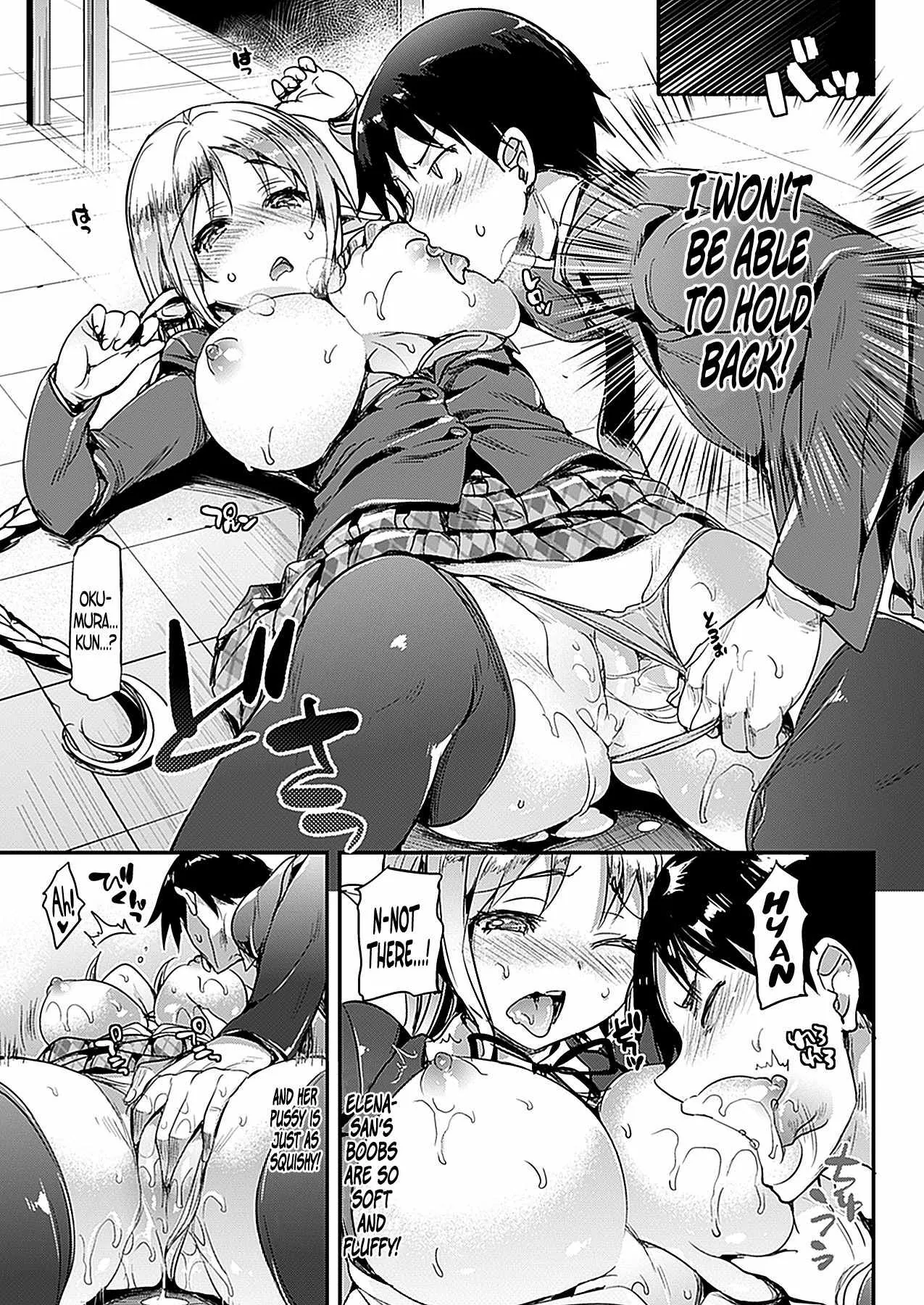
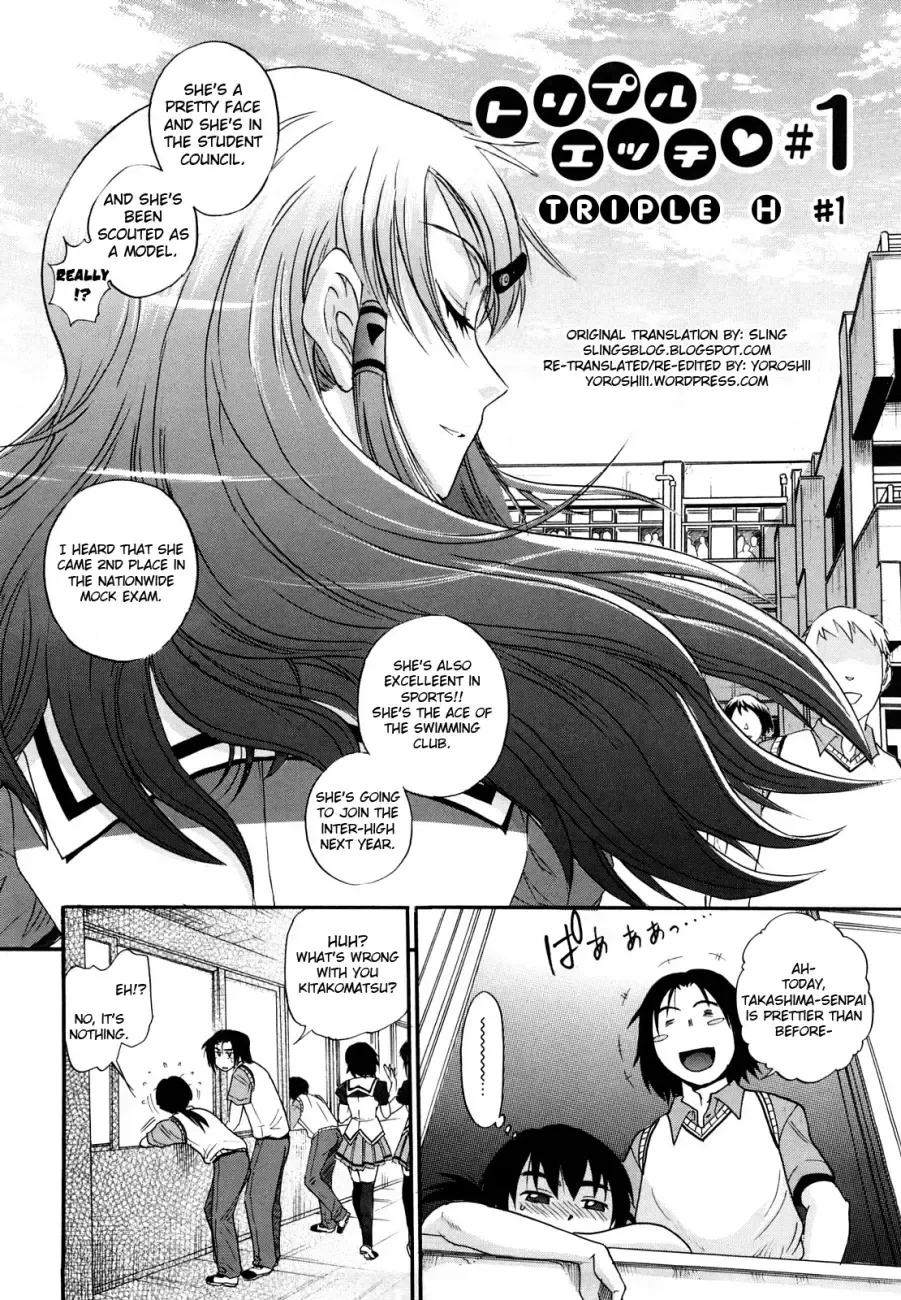


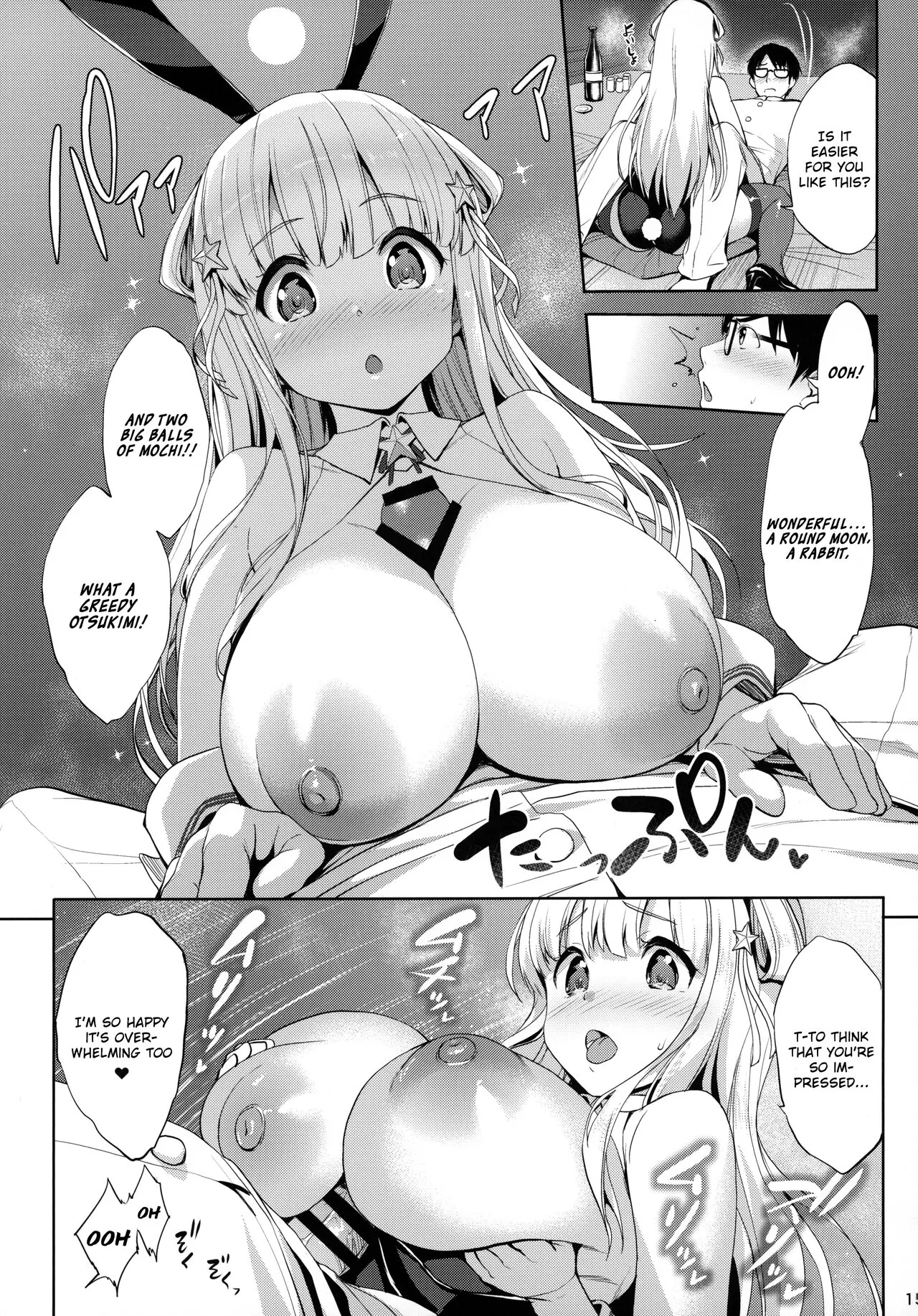
1/3 - 2/3 Flexible
Same 2/3 and 1/3 split but panels are further divided within the sections.

Pure Thirds
A page split into roughly even thirds (although one third can dominate slightly). Use for less powerful emotional beats, moving along the story with subtle emphasis through panel size.
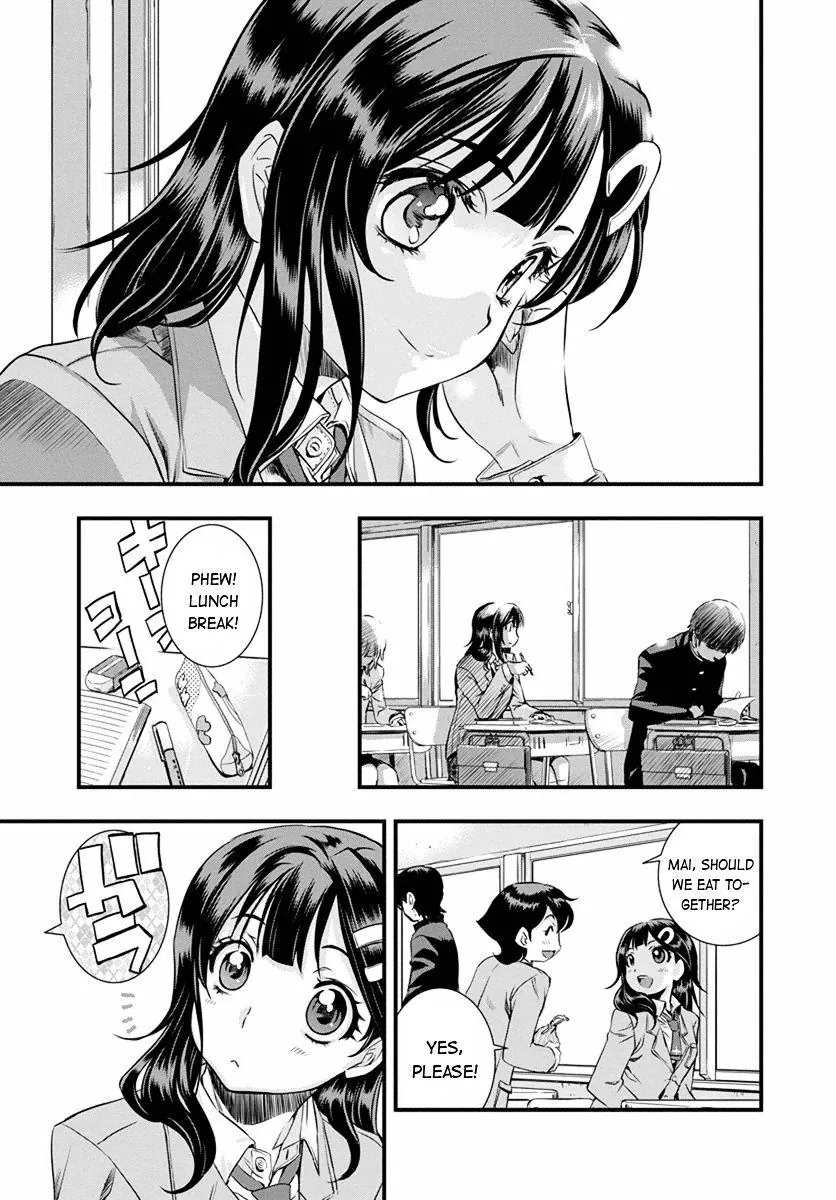
Big Vertical + Stacked
Combine a full figure with emotional close-ups to maintain scope + intimacy.
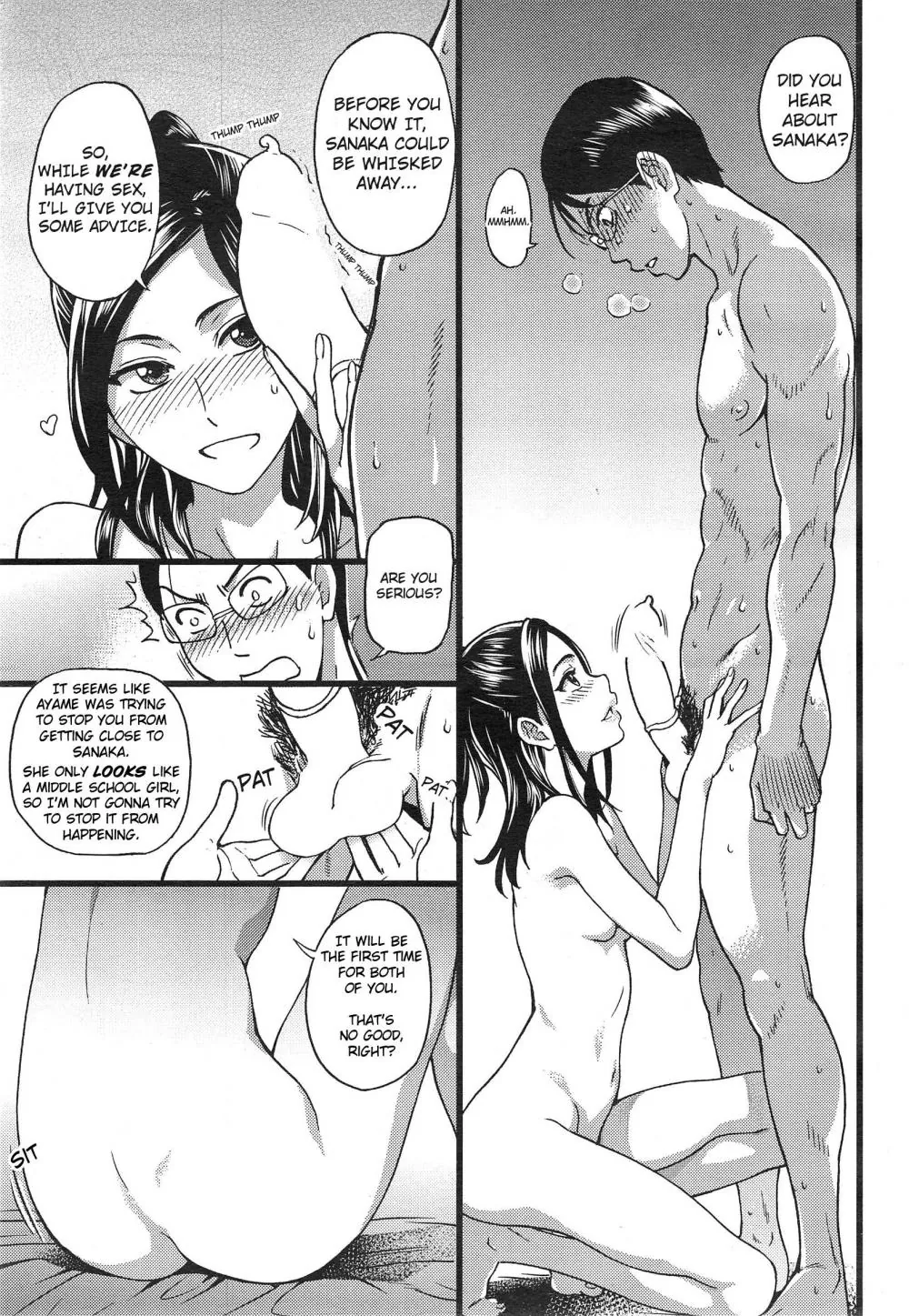


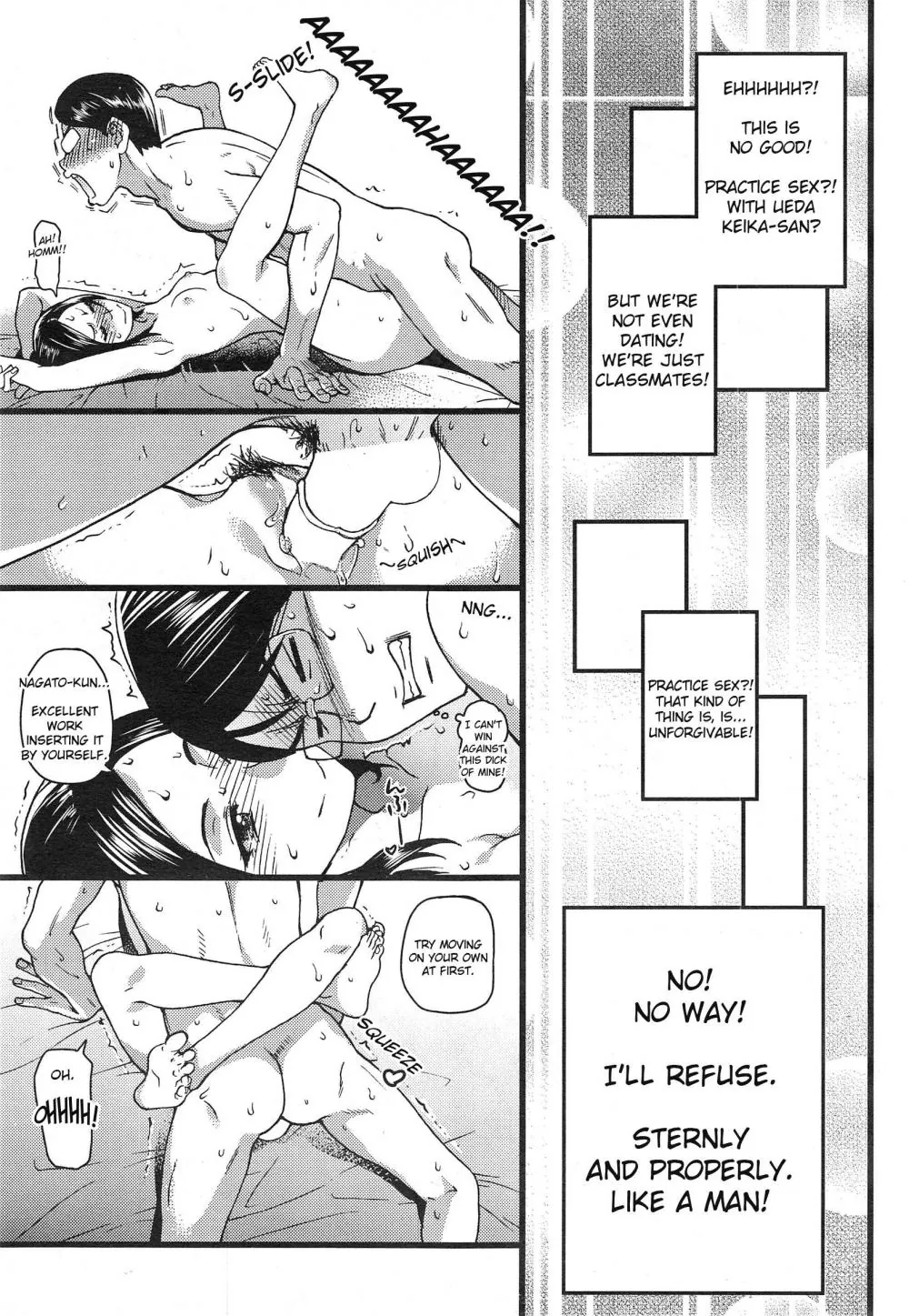

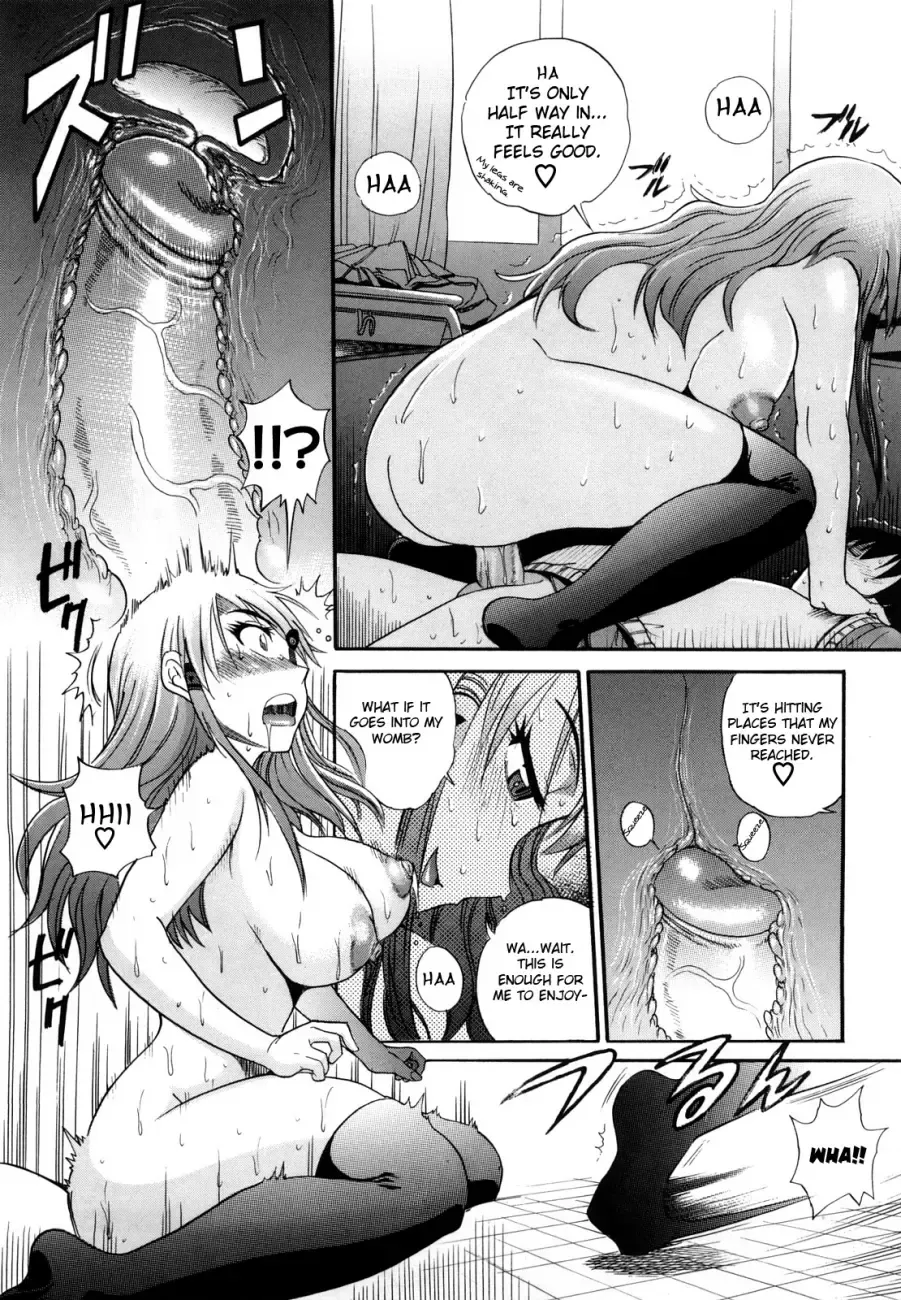
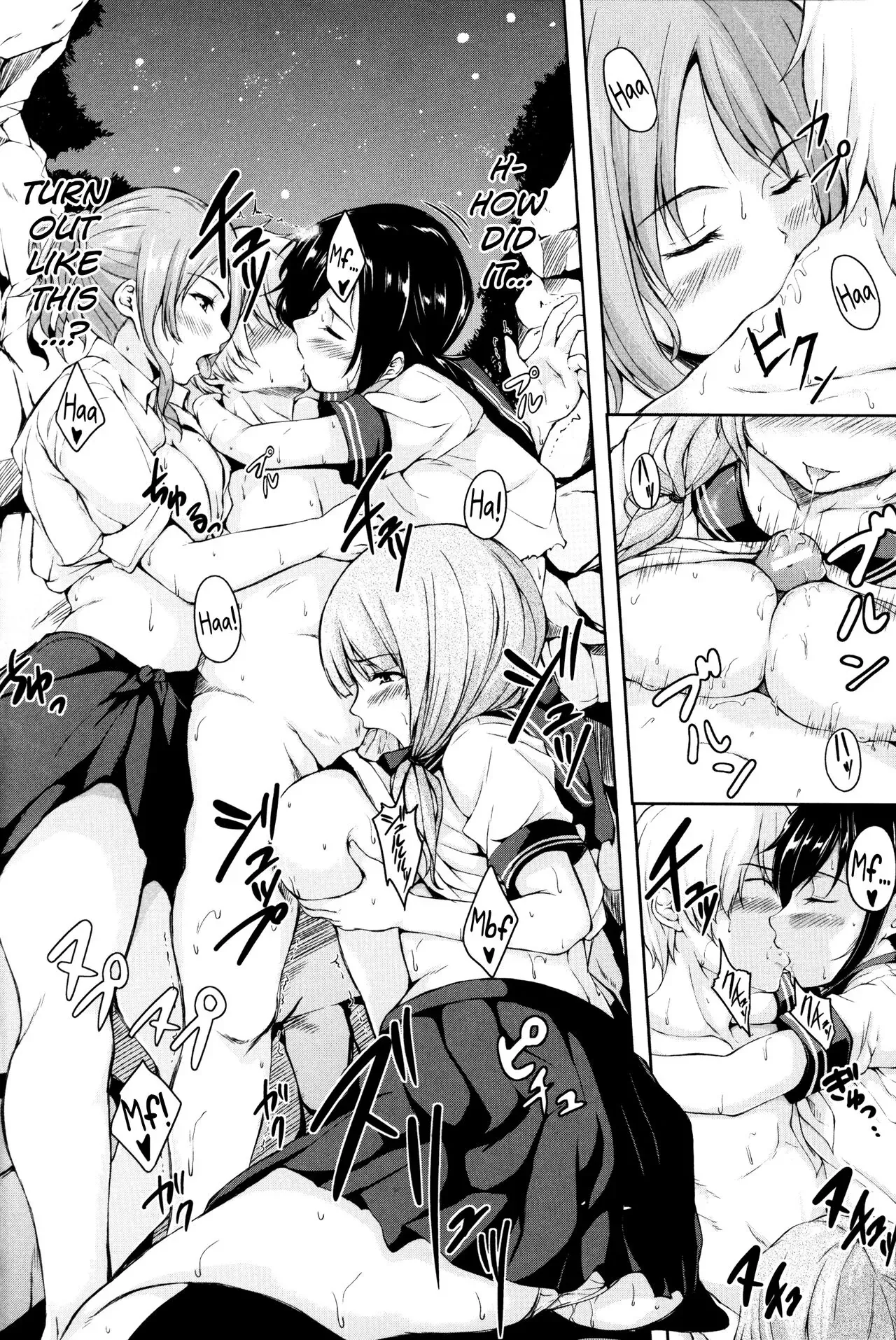
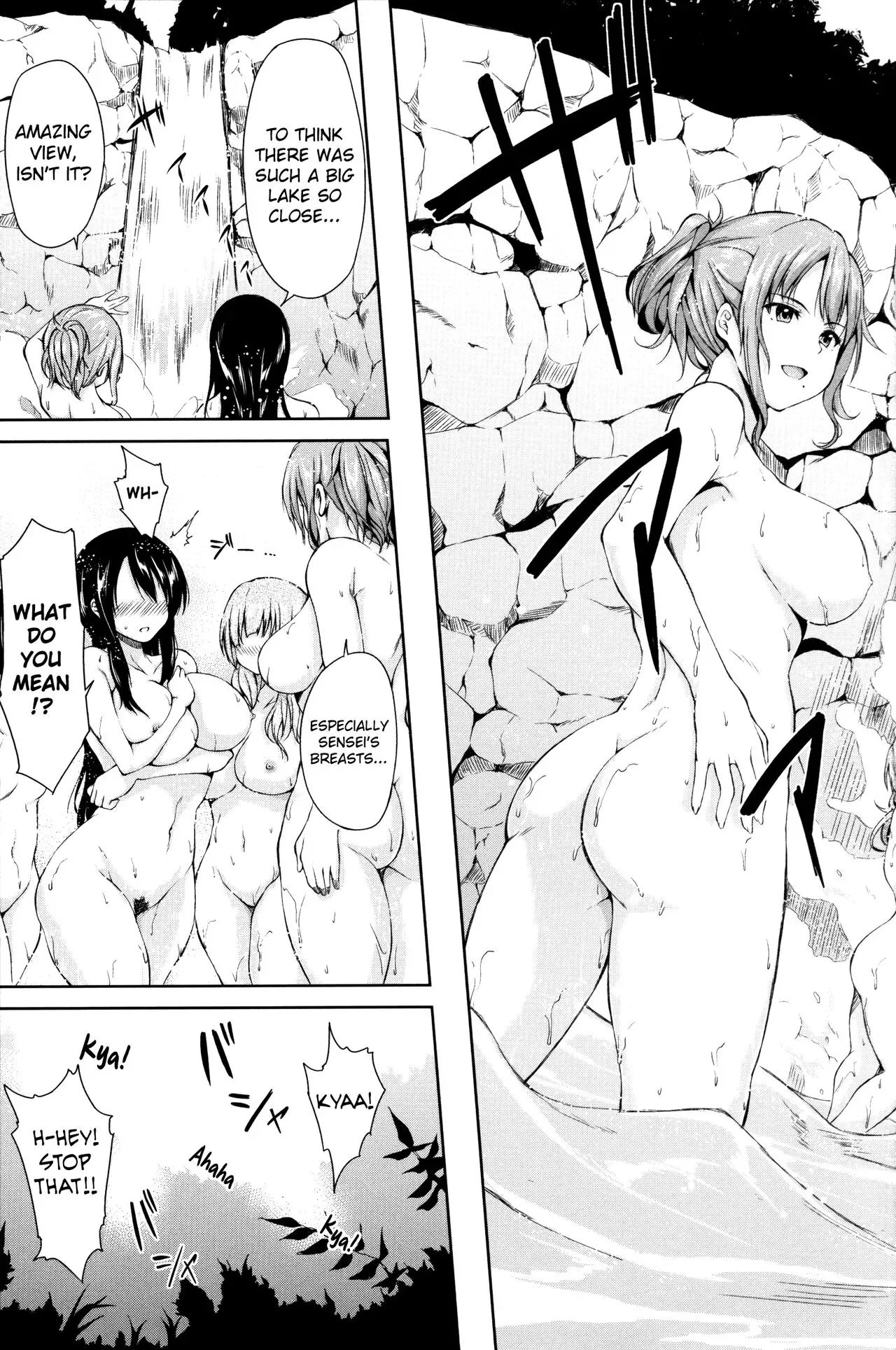
Variation:
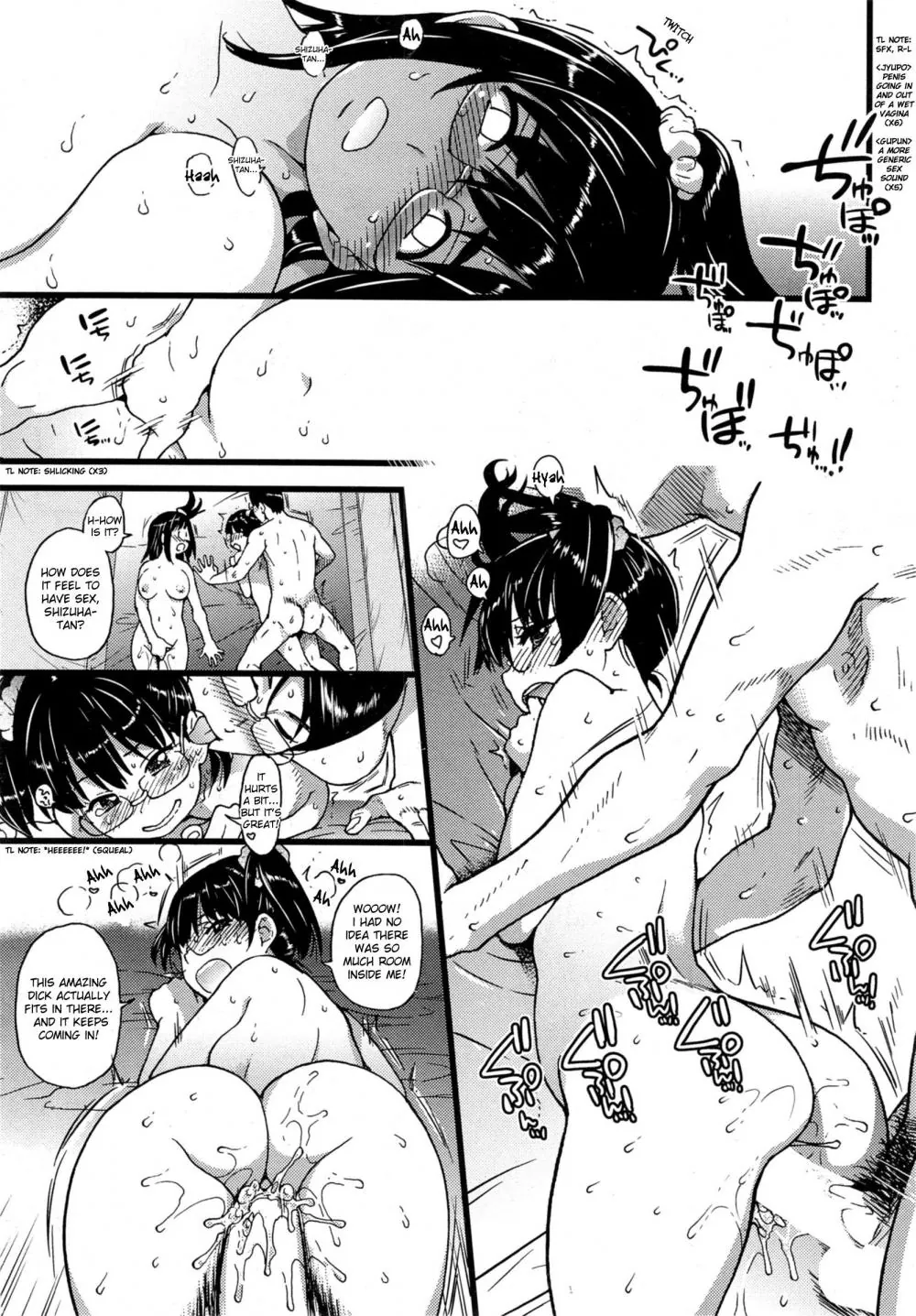
Additional Layout Types
Action/Reaction/Action/Reaction
(Bottom of page)
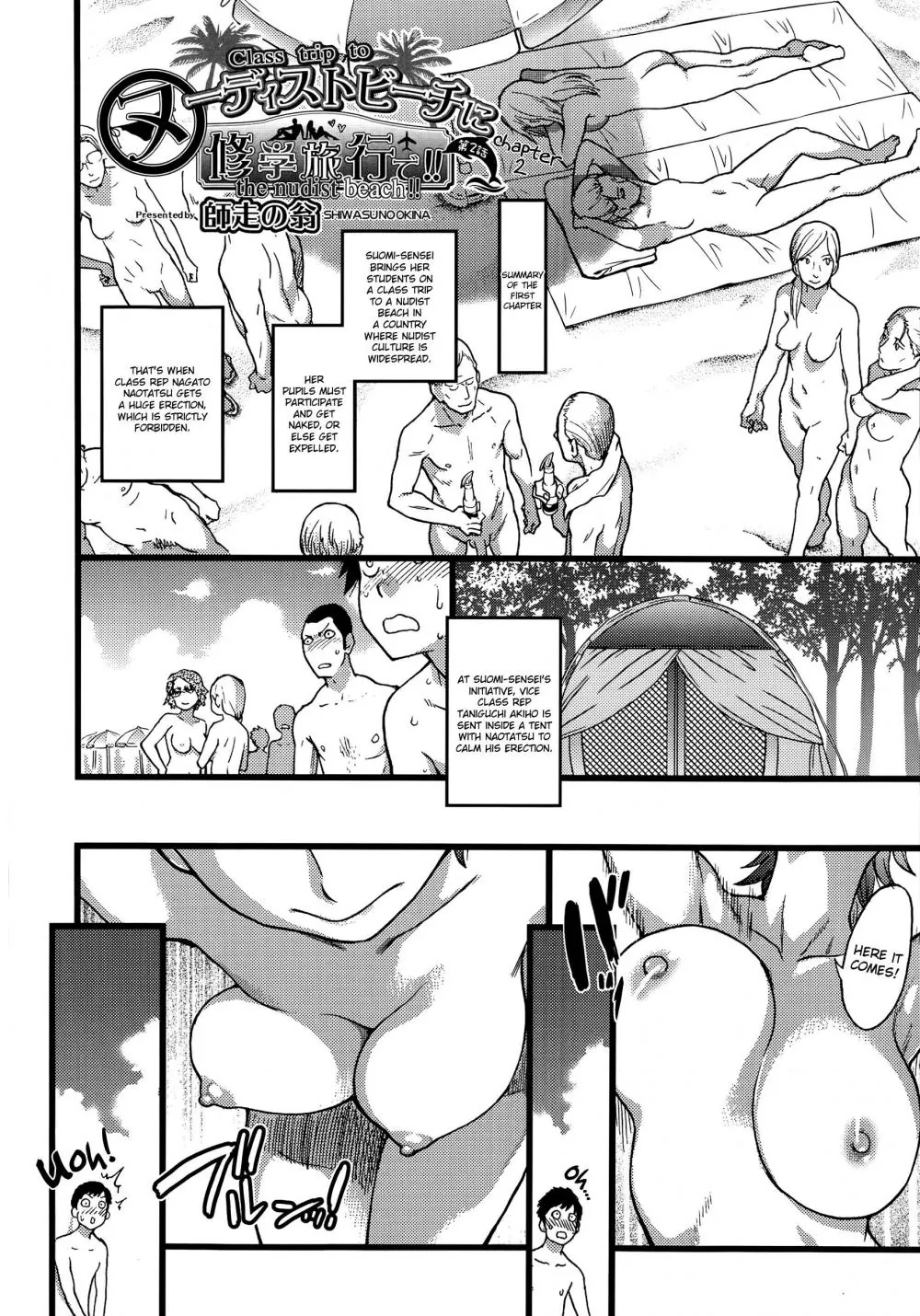
Paired Panels (Gutter Reduced Between Panel Pairs, 5 Panel Pages, 2 + 2 + 1)

Double Page Passage of Time and Big Wide
Great for the passage of time

Panel Devices & Techniques
Summary - Devices I Will Use
Mix and match these techniques, ramping things up gradually through a scene to the climax where you throw everything at it.
Panel Breakouts
Use when an object or character has significant importance on the page, when they are the focus of the page. Limit it to one character/drawing per page.
- Use sparingly
- Only break downwards for clarity
- Reserve for focus beats
Panel Pairs
Paired moments with reduced gutters with bigger gutters separating these pairs from the other panels on the page. Works good for 5 panel sequences - pair, pair, single.
Angled Panel Borders
To vary tension, guide the eye, add drama/excitement etc. Use to inject tension or guide eye. Pair with tilt in shots cautiously.
Big Vertical & Stacked Close Ups
Use this technique to allow a full shot plus emotional closeups.
Action/Reaction Cut
Ping-pong beats to define intent and response; perfect for banter or erotic interplay. Use for Tamana and the zoom + pic.
Page Turner Event (Hiki-goma)
Always include a page turner event at the end of the page unless it's the end of a chapter/story. End spread with a compelling leading panel; reward immediately on next page.
X-ray/Silhouette
Attention focusing device. Consider silhouette Link's penis for Zelda's squeeze. Reveal shape without detail when explicit detail would distract.
Full-Width Stack
Moment-by-moment focus (revelation, micro-action). A stack of full width panels really focusing on a single idea, dawning realisation, a moment by moment view of action etc.
Gutters
Primary pacing tool: bigger = time passing; smaller = intensity; remove for peaks.
Use gutters, increase gutter size for time passing, reduce gutter size for intensity of moment. Remove gutters completely for erotic peaks. Go further and overlap panels for intense erotic action. Maintain some guttering on erotic pages if they are rising/falling action.
Erotic Sequences
Medium/Small/Medium/Small Rectangles
A fast sequence with some pauses for vary the flow.
Shift
Shift into a page with a bigger panel and a more orderly progression from big → medium → small panels.
Gutters
Use gutterless/overlapping panels for the peak of erotic sequences. Reintroduce the gutters to not overwhelm the pacing (save that for the big big big climax pages).
Breakout
Utilise the occasional breakout for really poignant panels and moments.
Panel Shape
Get increasingly angular as the erotic action rises.
Full Page/Double Page Splash
Get a nice crop of the character but show a lot. Save the complete full shots for tall rectangular panels or in-page panels. The splash pages are where the viewer gets a nice, detailed view of the character while still being able to see a lot of them.
Word Balloons
Regular Speech from Visible Character
Hand drawn regular bubbles like in Date Night (double lined?)
Off Panel Speech
Add a chibi or simplified version of the character in the bubble
Exclamations
Use the radiating lines approach
Shouts
Jagged more angular boxes
Mood Classification System
Map mood → gutters → devices → shot language. Use one dramatic device per page unless in peak tiers.
Standard Neutral
- Medium Sized Gutters
- Mostly eye level shots when talking
- No tilts
- Wide shots, regular close ups, two shots - classic movie dialogue scenes
Quirk
As Standard Neutral but include one of the more dramatic devices.
- Stick to one dramatic device per page eg:
- Breakout panel, action/reaction/action/reaction, upshot/downshot etc.
- Choose the poignant moment and include just one device to feature
- Either a breakout panel, or a mix of upshots, low eye level, downshot etc., or a medium/small/medium/small action/reaction device etc.
Flirty Pervy
- Regular guttering
- Pervy shots and close ups
- Reaction shots to show the emotion
Romantic 1 & 2
Romantic tension and buildup phases
Romantic Splash
Big romantic moments deserving full impact
Foreplay
Like Quirk but erotic in drawing content. Use for warm-up/cool-down transition pages.
- Regular gutters etc
- Use for warm-up/cool-down transition pages
Erotic Intensity Levels
Erotic 1 - Warm-up/Cool-down
Like Quirk but erotic in drawing content (regular gutters etc)
Erotic 2 - Heated
- No gutters
- Regular panels otherwise
Erotic 3 - Sizzling
No gutters + ONE of the following:
- Overlapping panels (borderless panels with space in between them overlapped over bigger panels)
- Tilted shot
- Angled panel borders
Erotic 4 - Molten
No gutters + more than one of the following. Save these for intense moments of erotica, go crazy with these:
- Overlapping panels
- Tilted shot
- Slanted panels
Climax Splash
Large, rewarding image; keep full shots to tall panels or in-page shots elsewhere.
Speech Bubbles/Word Balloons
Regular Speech
Hand drawn look

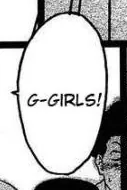
Character Off-Panel

Exclamations
Note the !! inside the bubble:
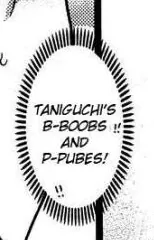
Romantic Leaning
Heart symbols inside the bubble:
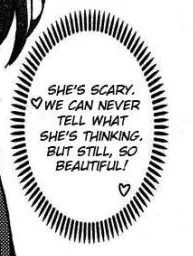
Raised Voice
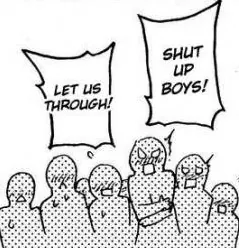
Keywords
Artist Analysis & Study
Toriyama
1. Pacing Through Paneling
One thing Toriyama excels at is pacing action and dialogue through his paneling. When the action is hot, the panels tend to be bigger, conveying the scale and impact of the events. During dialogue or emotional beats, the panels are more contained, letting the reader focus on the characters and their interactions.
2. Comedic Interjections
Dragon Ball often infuses humor even in the most intense fights. This serves to relieve tension and to deepen character relationships. Given your penchant for parody and subverting tropes, this could be a fun tool in your toolbox.
3. Character Expressions
Toriyama is a master at using facial expressions to convey complex emotions quickly. Even a simple close-up of a character's face can dramatically shift the tone from serious to comedic or from tension to relief. In the world of mature storytelling, subtle facial cues can intensify the mood tenfold.
4. Anticipation and Payoff
A lot of Dragon Ball's excitement comes from the build-up before a massive showdown or event. Toriyama often spends chapters on characters training, planning, or going through smaller obstacles before the big showdown, increasing reader investment and emotional payoff.
5. Page Layout for Climax
Toriyama often uses full-page or double-page spreads for impactful moments. This could be a high-stakes blast or an emotional turning point in the story. If you're leading up to a significant event in your story—be it an action climax or an intimate, erotic moment—using more of the page can make it feel that much more impactful.
6. Symbolic Backgrounds
Notice that during intense or dramatic scenes, the background often turns black or includes intense lines or shapes to indicate movement or heightened emotion. This visual cue adds to the urgency or emotional weight of the scene.
7. Breaks and Beats
Dragon Ball is great at giving the reader time to breathe after intense sequences with "quieter" scenes for dialogue or comedy. In your work, these could serve as moments of aftercare or emotional connection between characters post-intimacy.
8. Sequential Flow
Last but not least, Toriyama is a master of guiding the reader's eye across the page in a flowing, natural manner, making even the most complex action sequences easy to follow. This is crucial for you, especially if you're dealing with scenes that are both emotionally and visually complex.
Inio Asano
1. Panel Layout and Pacing
Asano tends to use traditional panel layouts, often rectangles and squares, to frame regular scenes. When the emotional intensity ratchets up, he's not afraid to let the art burst out of these shapes.
2. Perspective Shots
While he doesn't always lean heavily on upshots or downshots, the angles he chooses always serve the narrative. For example, a neutral shot when characters are having a casual conversation, switching to a more dramatic low angle to emphasize a moment of realization or high tension.
3. Close-Ups
Asano uses close-ups sparingly but effectively. When a character is experiencing intense emotion, a close-up of their face or even just their eyes can say more than a page of dialogue.
4. Backgrounds
Asano's backgrounds are highly detailed and they act almost like another character in the story. If a character is feeling isolated, the background reflects that, either by being very sparse or overwhelming complex, heightening the feeling of being lost or overwhelmed.
5. Transitions
He knows how to flow from one scene or mood to another seamlessly. This is achieved by paying close attention to how the last panel in one scene will lead into the first panel of the next.
6. Tonal Shifts
Asano is a master of shifting tones within a single chapter—going from comedic or mundane to incredibly dark or emotionally intense. Your story will also have tonal shifts, so see how he manages these without jarring the reader too much.
Tonal Shift Techniques:
- Foreshadowing: Often uses foreshadowing to prepare the reader for an upcoming tonal shift.
- Panel Composition: Utilizes panel composition to guide the reader's mood. Calm, serene panels suddenly juxtaposed against intense, chaotic ones.
- Color Palette/Screentones: Uses screentones and shading to emphasize mood changes effectively.
- Page Turn Surprise: Uses the natural break between pages for significant tonal shifts.
- Dialogue to Silence: Move from dialogue-heavy scene to quiet, contemplative one or vice versa.
- Symbols and Motifs: Repeating symbols or motifs act as signals for change.
- Timing and Rhythm: Attention to how long to linger in a particular tone.
7. Subtlety in Emotional Scenes
Although your work might have explicit scenes, subtlety in the build-up can be a powerful tool. Asano often uses small gestures or expressions to hint at larger emotional or sexual currents running beneath the surface.
8. Dialog and Internal Monologue
Finally, Asano is adept at using dialogue and internal monologues to add layers of complexity to characters, something that can be crucial when portraying relationships that have both emotional and sexual elements.
Hiromu Arakawa
Wide Shots for World-Building
Arakawa often uses wide shots to showcase the setting, whether it's the intricate architecture of Central or the vastness of the desert. These panels also serve to shift the tone, usually giving the reader a breather and adding a layer of realism to the story.
Character Design
The unique and expressive character designs serve to quickly convey personalities and even ideological standpoints. In the context of your work, how you design your characters can go a long way in setting the tone and expectations for the kind of story you're telling.
Contrast in Panel Sizing
Just like Toriyama, Arakawa also uses panel sizing to control pacing and emphasize particular moments. Smaller panels for rapid developments or dialogue exchanges, and larger ones for emotional or action-packed beats.
Text Placement & Typography
Arakawa uses variations in text size and shape to indicate different tones and moods:
1. Dynamic Dialogue Bubbles
Speech bubbles change shape and size depending on dialogue intensity. Jagged for shouting/aggression, soft and rounded for gentler dialogue.
2. Font Sizes and Styles
Small and light fonts for whispers or thoughts, larger and bolder fonts for shouting or grand statements.
3. Positioning for Flow
Strategic placement of text bubbles directs reader's eye flow, moving naturally from panel to panel in intended sequence.
4. Internal Monologue Boxes
Rectangular boxes for internal monologues, separate from dialogue bubbles, adding introspective layer without breaking pacing.
5. Sound Effects and Typography
Onomatopoeic words integrated into artwork, giving life to actions. Font choice and placement indicate intensity and direction.
6. Narrative Captions
Uses narrative captions to provide additional context or time lapses, in distinct box and font style.
Sequential Art & Choreography
The fight scenes in Fullmetal Alchemist are not only visually stunning but also narratively coherent. The way the panels are laid out guides the eye naturally through the action, making complex alchemical transformations easy to follow.
Symbolic Imagery
The manga is rich in symbolism, and Arakawa often uses background elements or even entire panels to signify deeper themes or foreshadowing. Given your affinity for subverting tropes and exploring deeper concepts, incorporating symbolism can add an extra layer of depth to your work.
Emotional Close-Ups
Much like Dragon Ball, Fullmetal Alchemist uses close-ups effectively to showcase emotional intensity. The close-up shots often lack backgrounds, focusing solely on the characters' faces to draw the reader into their emotional state.
Transitional Panels
Arakawa often employs transitional panels that contain no characters, focusing on objects or settings to signal a shift in scene or mood. These can act as "pauses," giving the reader a moment to emotionally shift gears.
Thematic Consistency
One thing Fullmetal Alchemist does exceptionally well is maintaining a consistent theme throughout the series, which in its case is often the ethics and costs of alchemy. The theme is regularly referenced visually, keeping the reader engaged on multiple levels.
Hentai Doujinshi Techniques
Typography & Text
- Explicit Dialogue Bubbles: More explicit language with manipulated bubble shapes
- Font for Moans and Exclamations: Unique fonts, sizes, or bubble shapes for sounds of pleasure
- Text Overlay on Art: Text directly over artwork to emphasize sensations or internal thoughts
- Internal Monologues: Small boxes overlaid on main action, using different font styles
- SFX Placement: Bold and exaggerated sound effects intermingling with art
- Pacing with Text: Sparse text during buildup, more frequent during climactic moments
- Directional Cues: Text placement guides viewer's gaze to specific body parts or actions
Panel Techniques
- Breaking the Panel: Characters or aspects break out during intense/climactic moments
- Panel Shapes: Irregular or non-rectangular panels for erotic scenes, curved or jagged lines
- Panel Sizing: Bigger panels for significant action/emotion, climactic moments take up half page or more
- Smaller Panels for Foreplay: Subtler actions in smaller panels before main event
- Overlay Panels: Smaller panels placed on larger ones to highlight facial expressions or details
- Gutters and Spacing: Manipulate gutter size to speed up or slow down pacing
- Page Turn Surprise: Layout designed so turning page reveals something significant
- Sequential Action Panels: Multiple small sequential panels to show movement in great detail
Practical Examples
Panel Breakout Examples
Climax Moment
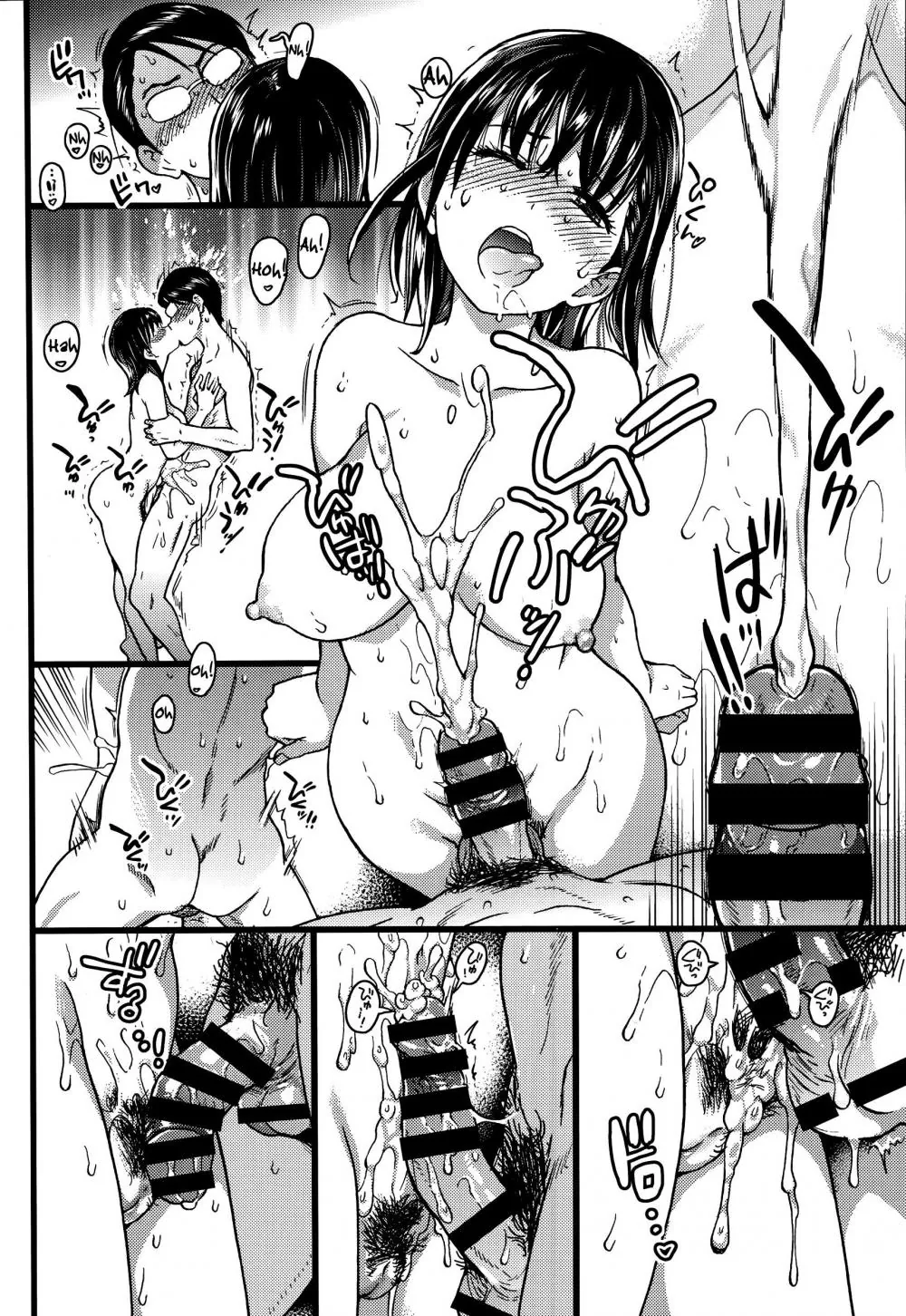
To Draw Importance to a Character
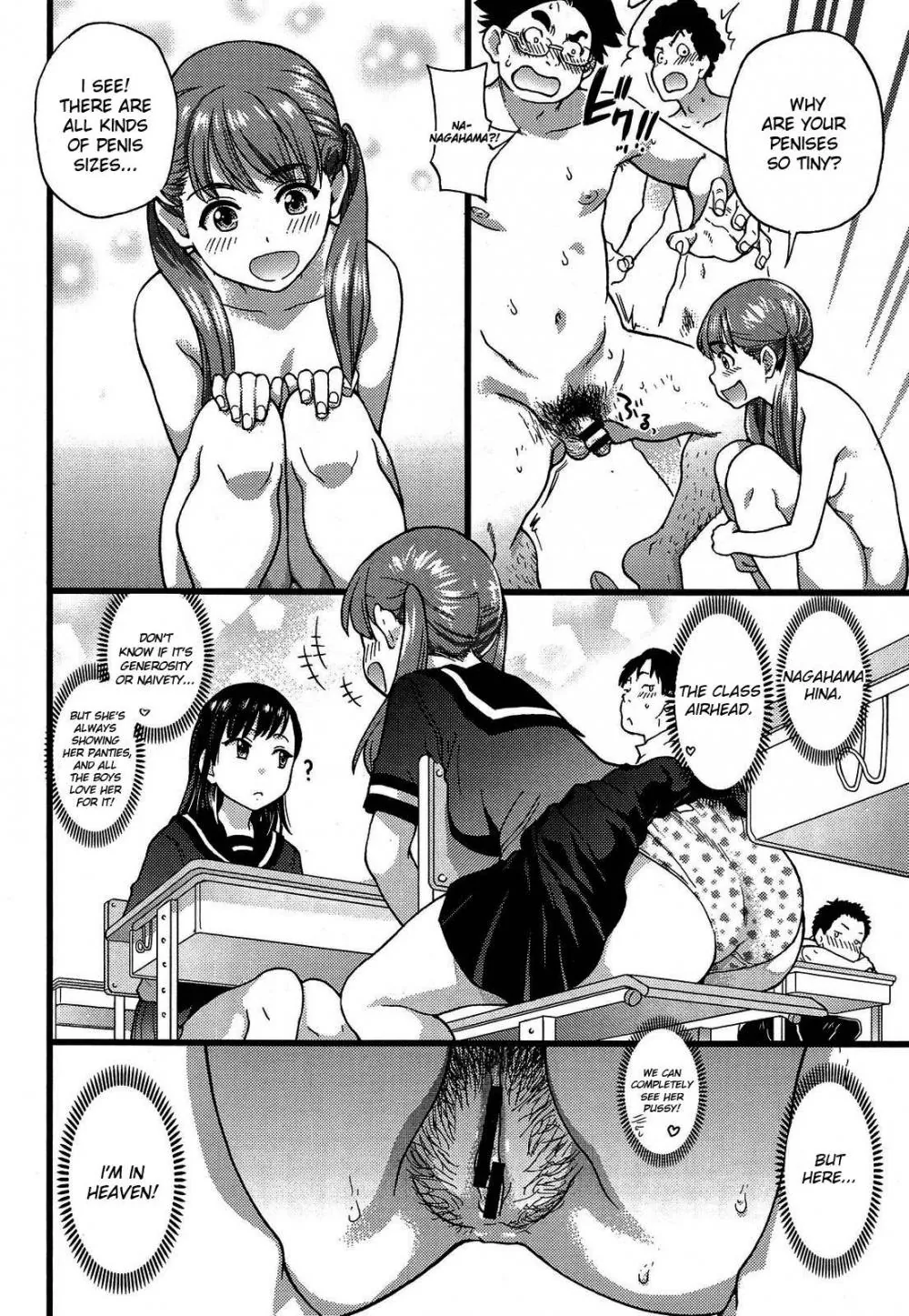
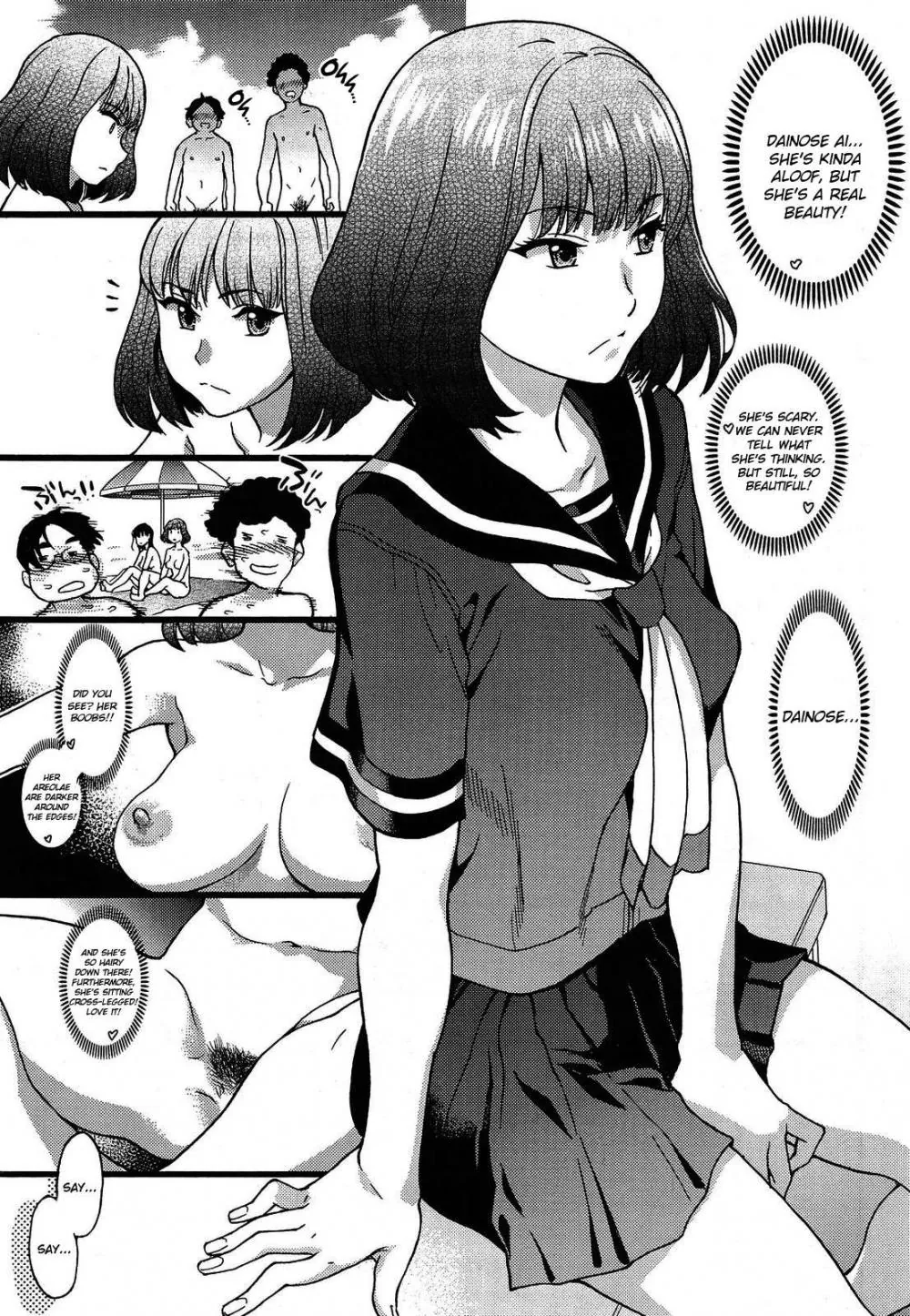
Single Character/Drawing Per Page Rule
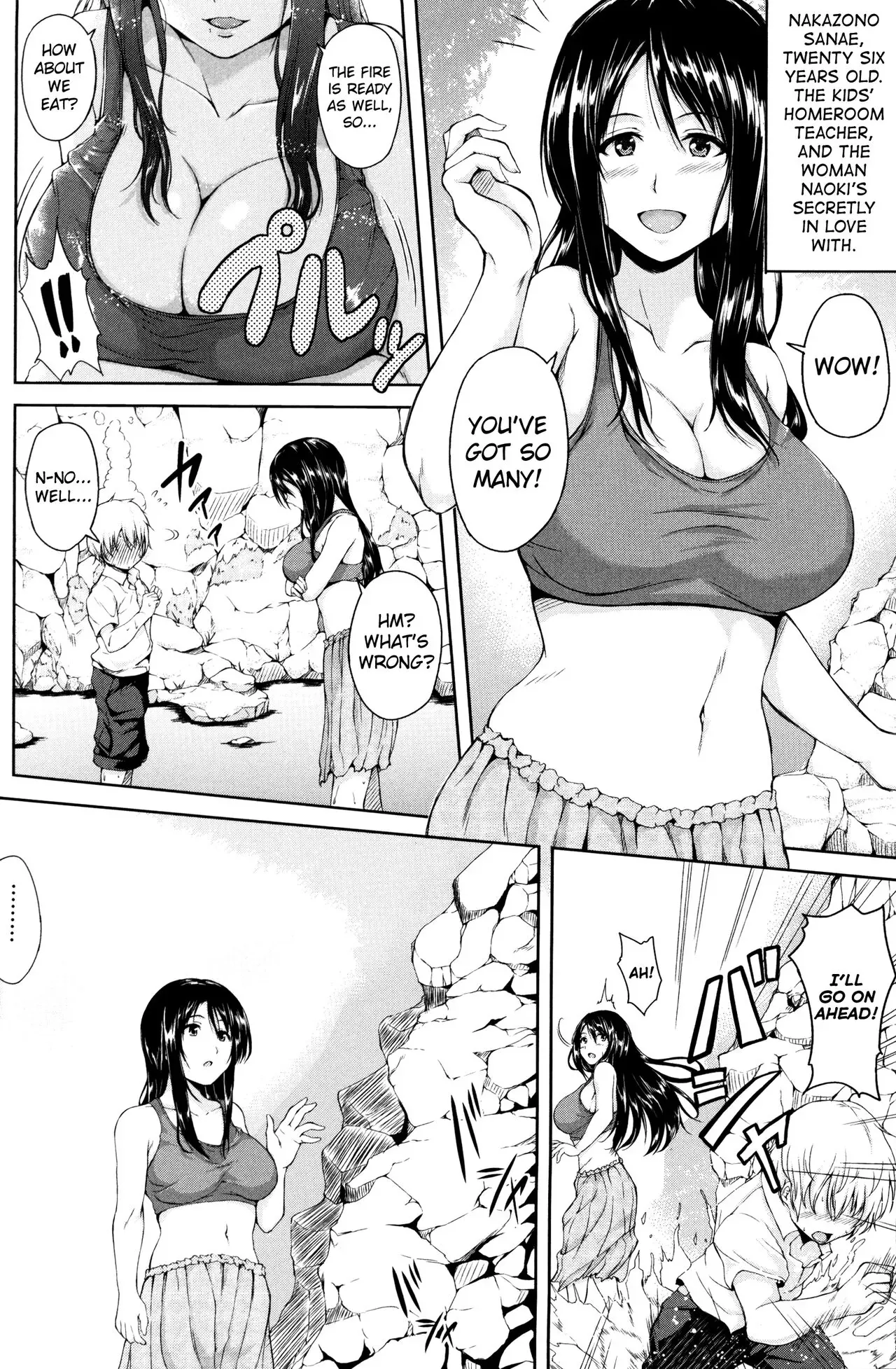
Misc Breakout Examples
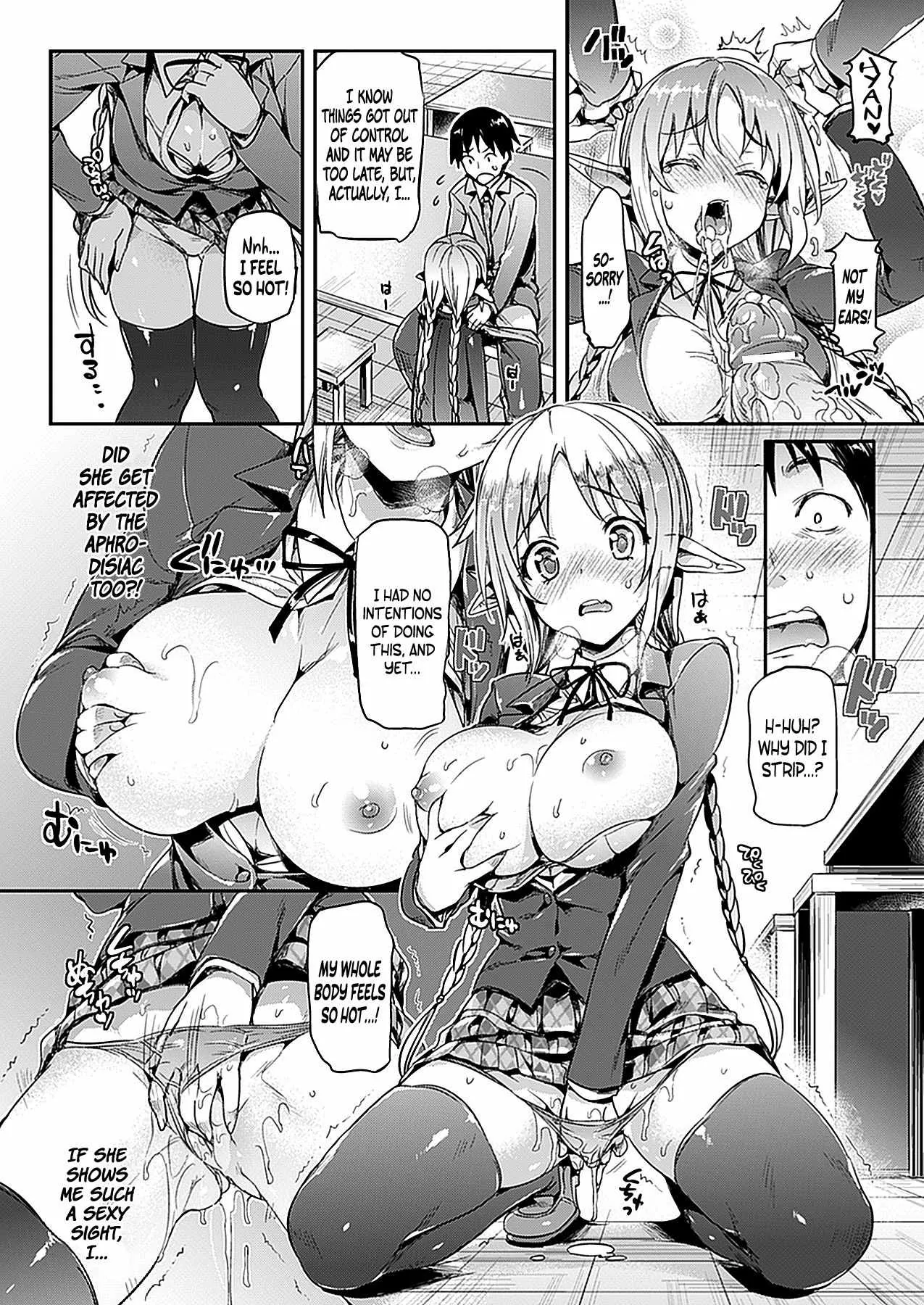
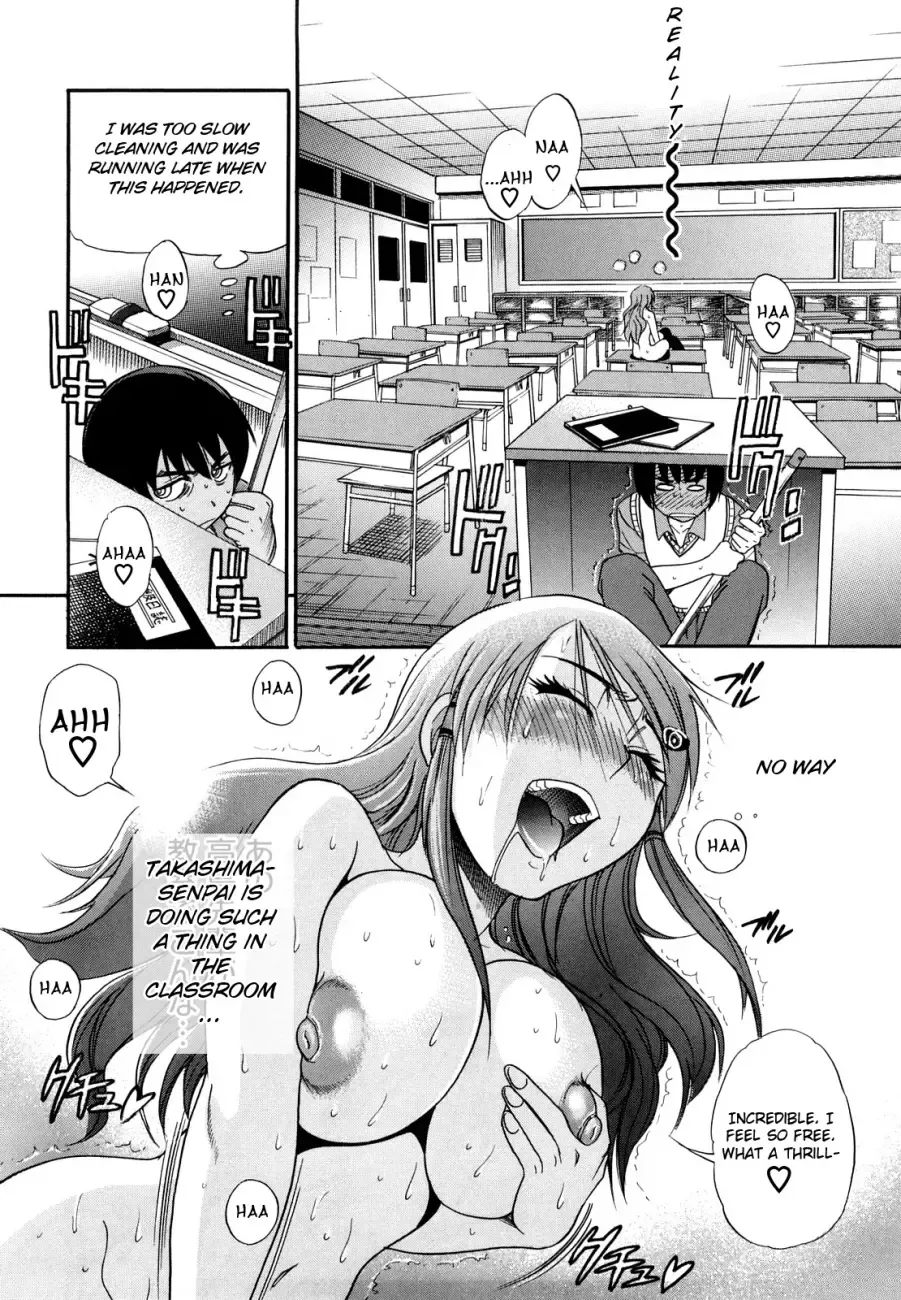
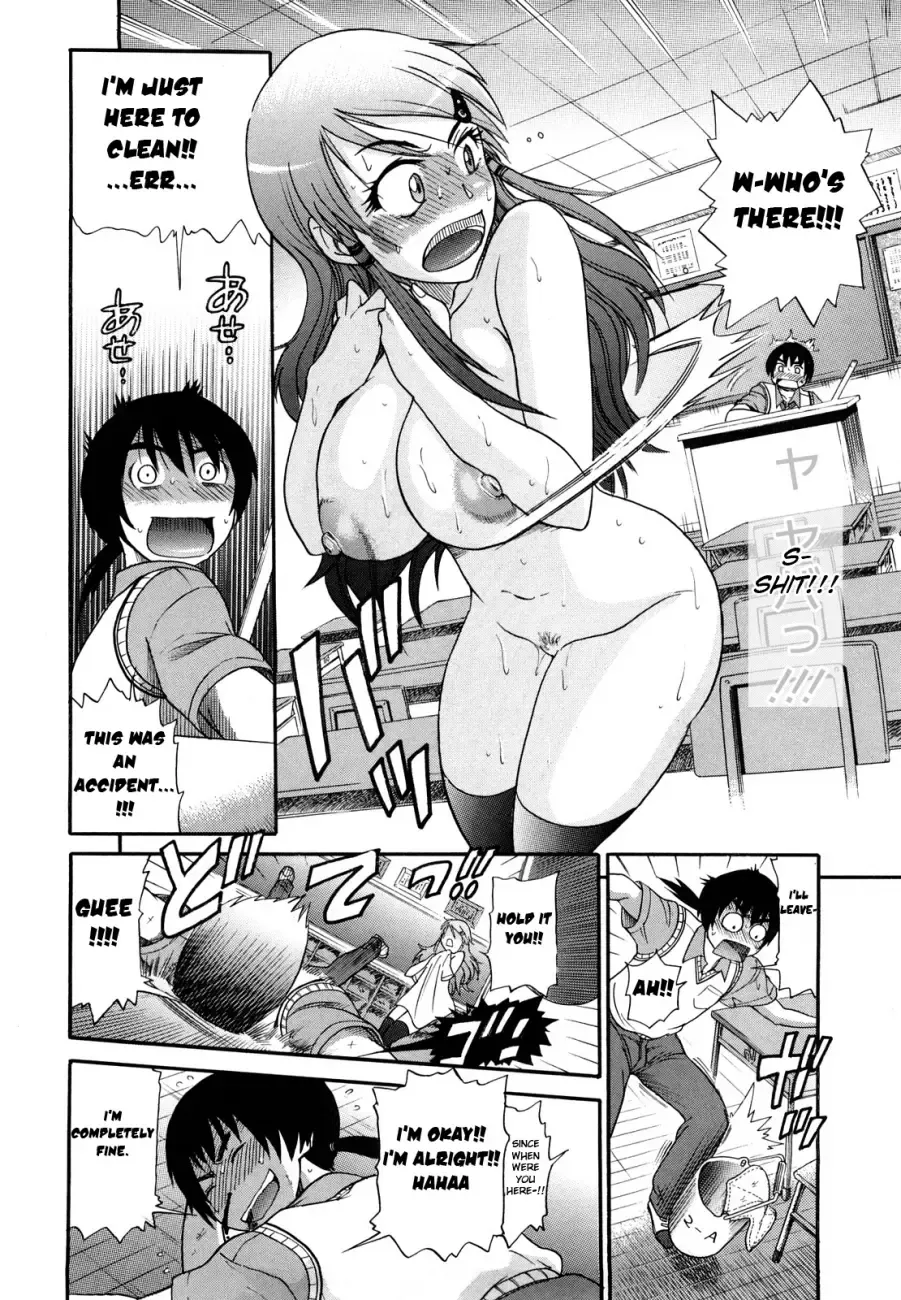
Example 3: Big slow pace breakout panel surrounded by action
Big Vertical & Stacked Close Ups Examples
Artist's Preferred Layout

Used again, this artist likes this layout:

Develop your own gimmick like this to use? A familiar panel layout you return to for in-between erotic moments?

With Dialogue

It can be used like this as well, with dialogue on the side. Note also how the action moves from wide, to penetration, to close, to wide. Wide, close, close, wide.
Additional Examples

Variation: 2/3 vertical, slanted stack

Two Thirds One Third Examples
Big on Top, Small on Bottom

Split Page
Quirk mood. Note the gutter size differences. The panels are in pairs, with smaller gutters, then bigger gutters separating the pairs, and the final hanging panel.

Action/Reaction Cut Examples
Bottom of Page: View/Reaction/View/Reaction (Bigger/Smaller/Bigger/Smaller)

Erotic Sequences Examples
Complete Scene Breakdown
Scene 1: Small/Medium/Small/Medium Irregular
Note the final panels (bottom left) an off panel action stretched out - we understand the masturbation action but can focus on their faces and feel the passage of time.

Scene 2: Mix of Big Medium and Small
(Same scene continued) Mix of big medium and small panels. Big intimate beat, then medium to show the passionate movement then small small small small to show the frantic action.
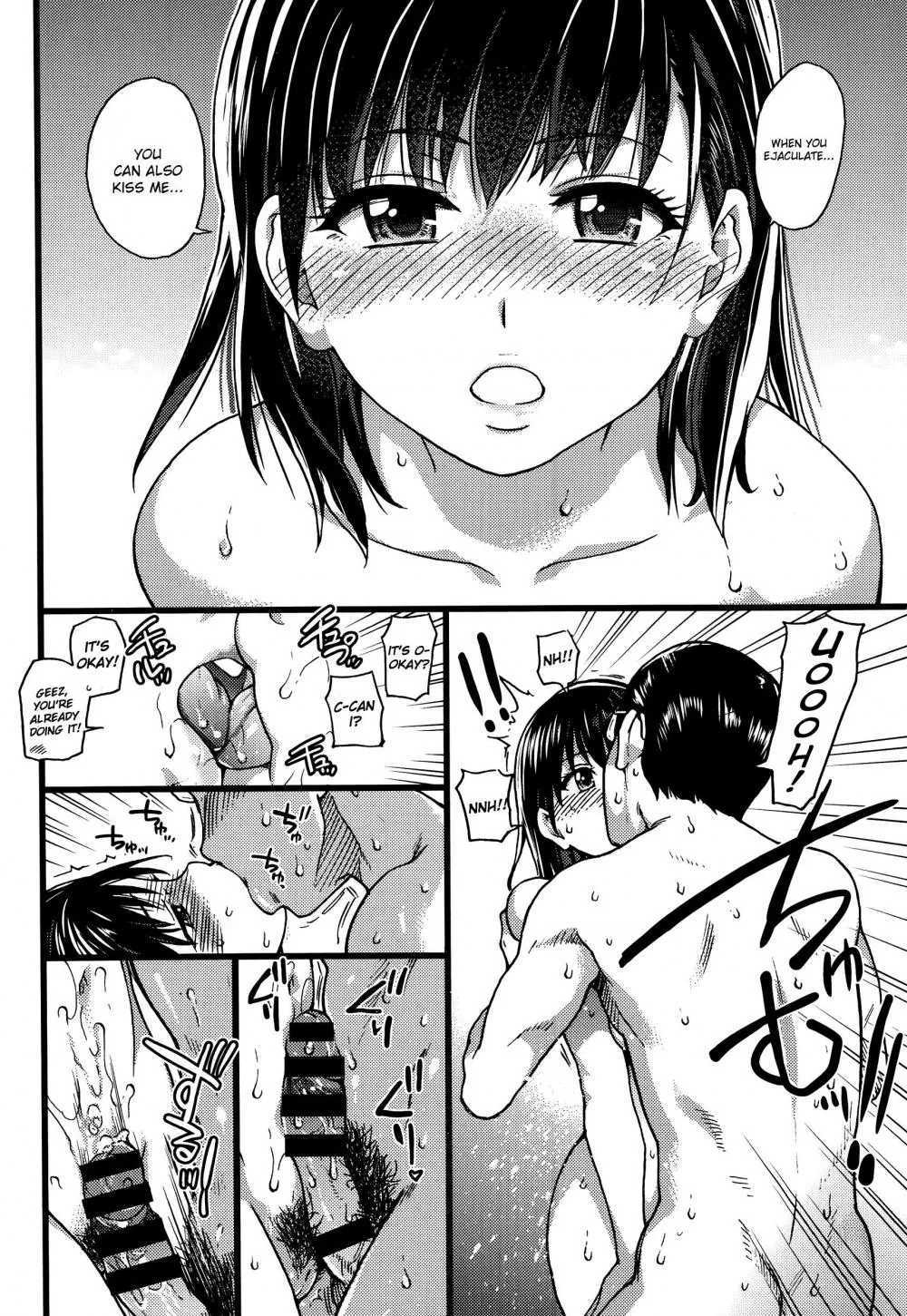
Scene 3: Climax Build-up
(Same scene continued) The beginning of the cumshot and kiss takes up a whole page, medium speed with mid sized panels, ending on a slower beat for the kiss. Tone used to draw more attention to it.
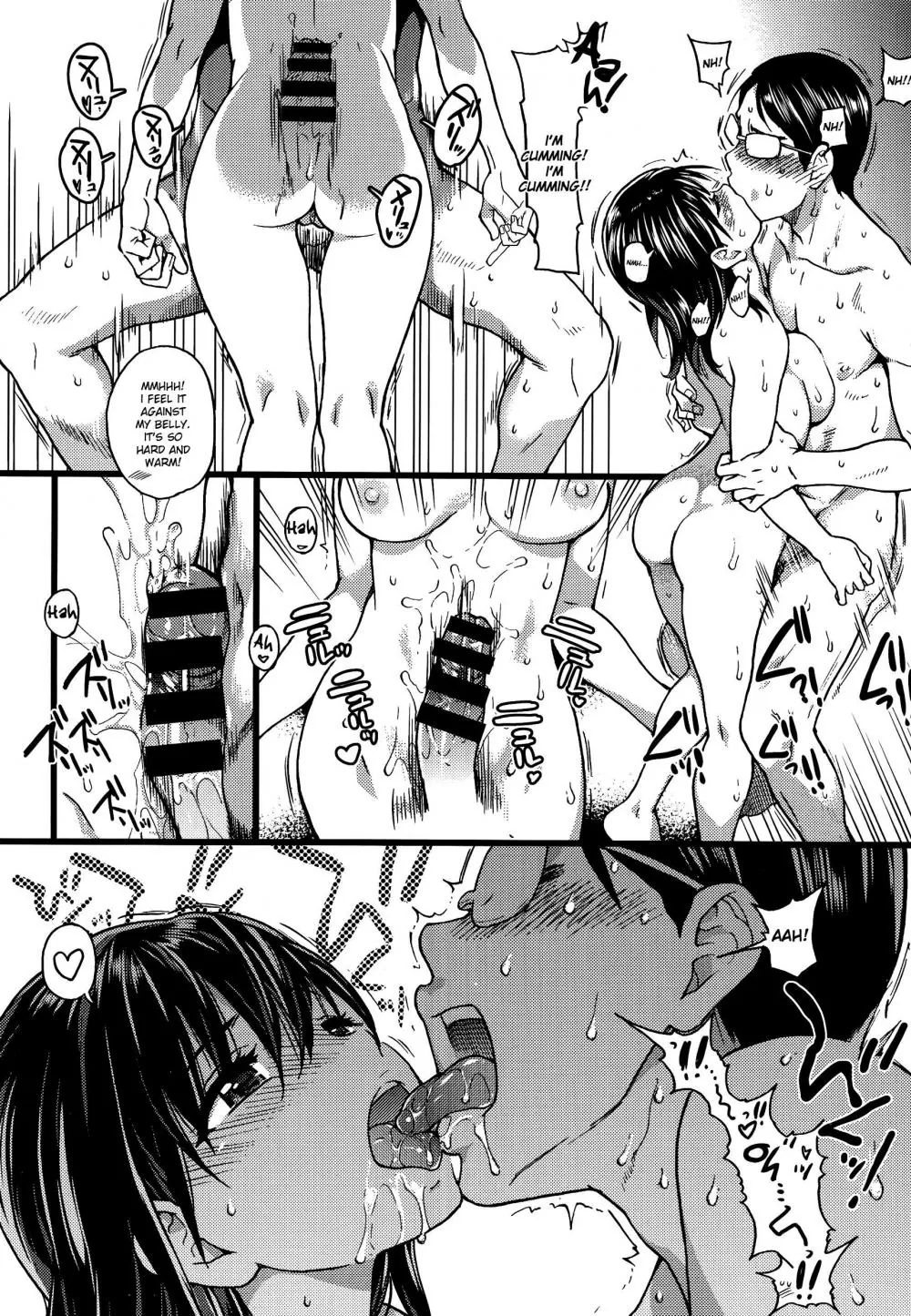
Scene 4: Peak Moment
(Same scene continued) Yet another page devoted solely to this climax emotional beat. Big panel, breakout drawing, small and medium sized panels all used - Everything is thrown into this moment, all techniques combined on one page for a satisfying crescendo.
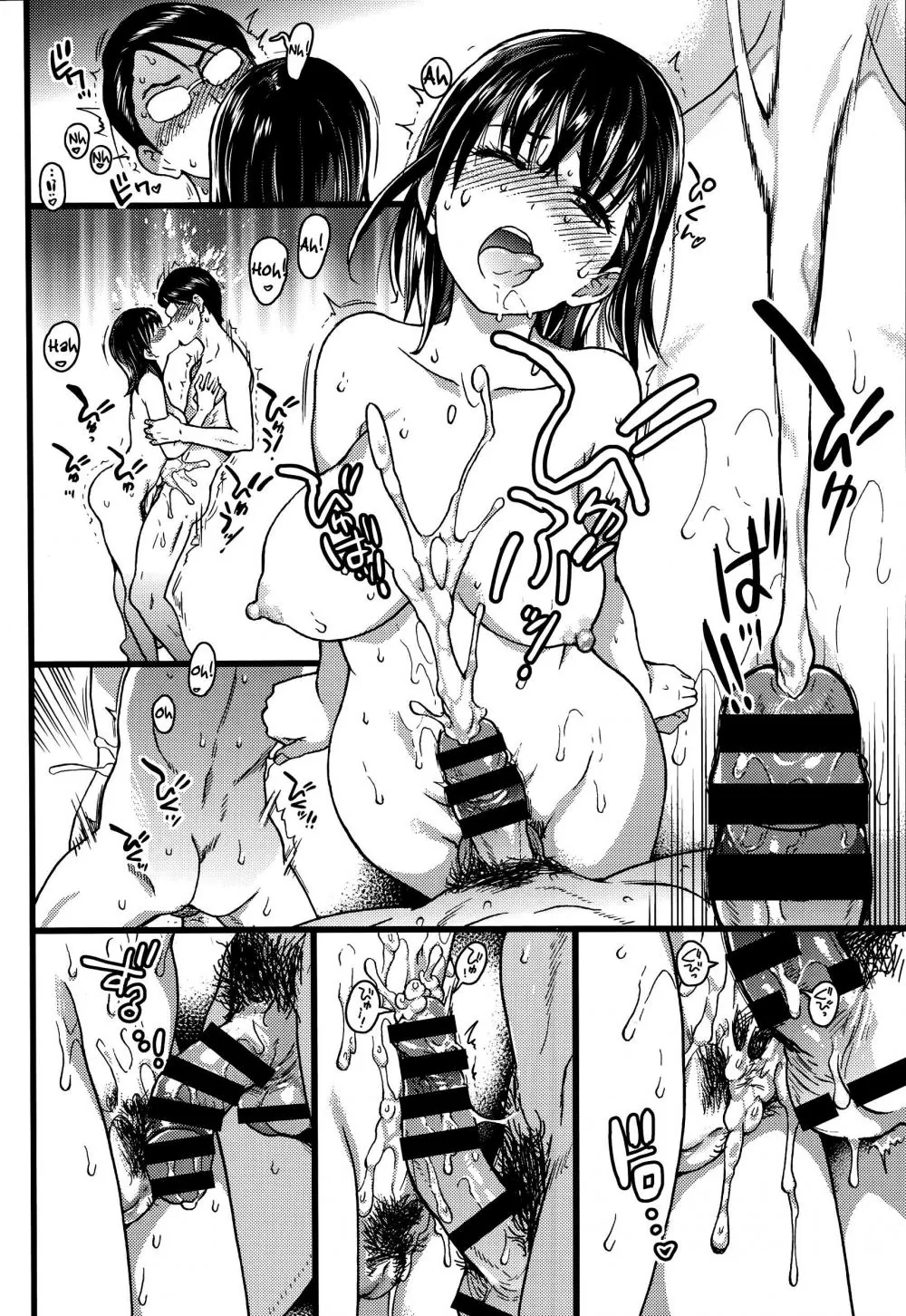
Scene 5: Page Turner Event
(Same scene continued) The tender moment is broken by an intrusion. Unless it's the end of a chapter/story there should be some kind of page turner event (like this intrusion)

Effects Examples
Silhouette Technique
White silhouette cock to put attention on the tongue/mouth instead

X-ray Example

Gutter Examples
Scene Setting and Regular Dialogue
Large gutters
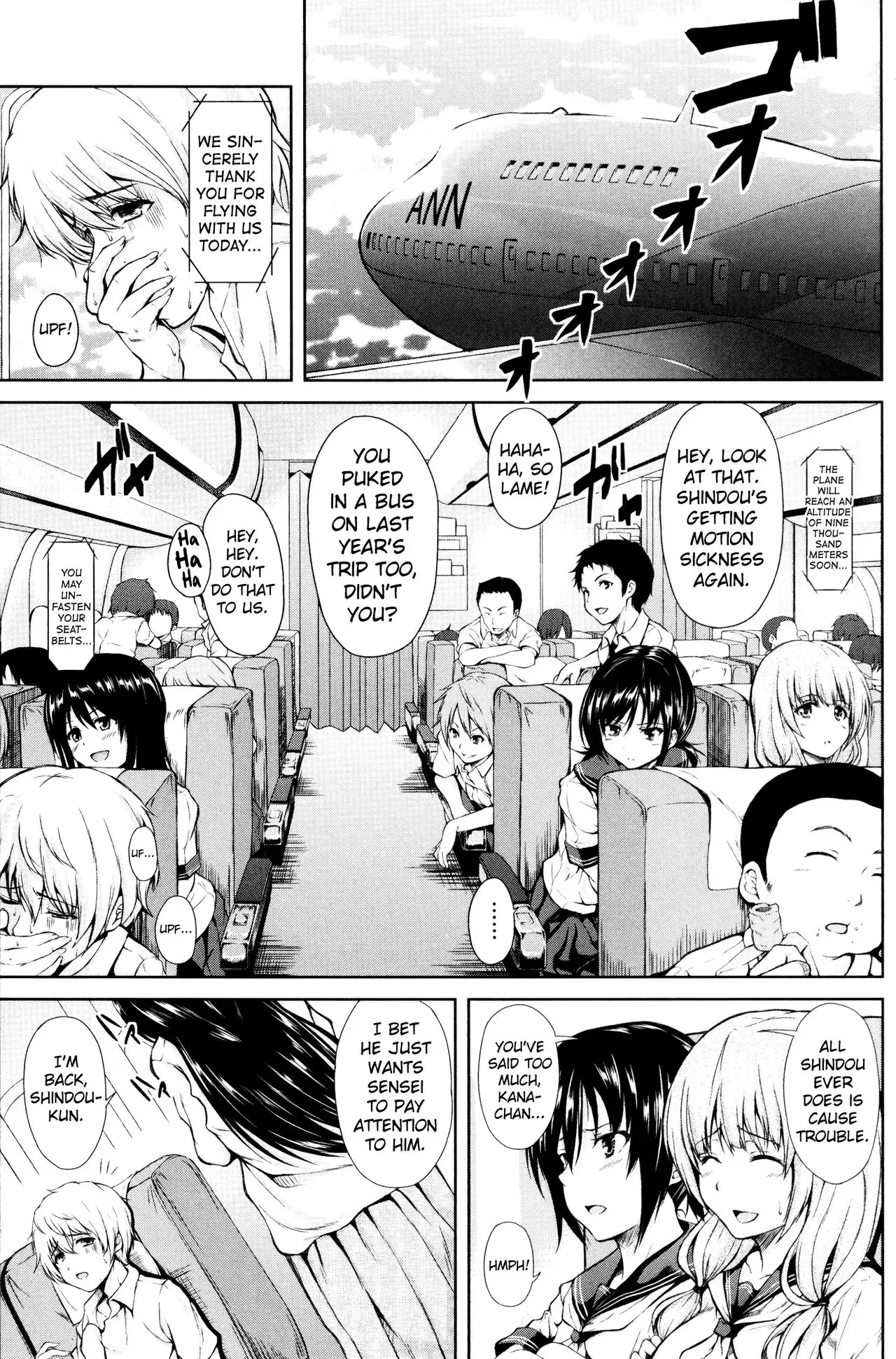
Moving into Erotic Action
The contrast between gutters, then the overlay/inset panel work as a nice transition into erotic moments

Then the next page gets rid of the gutters and makes everything an overlay

Switches back to gutters at the end of the erotic scene
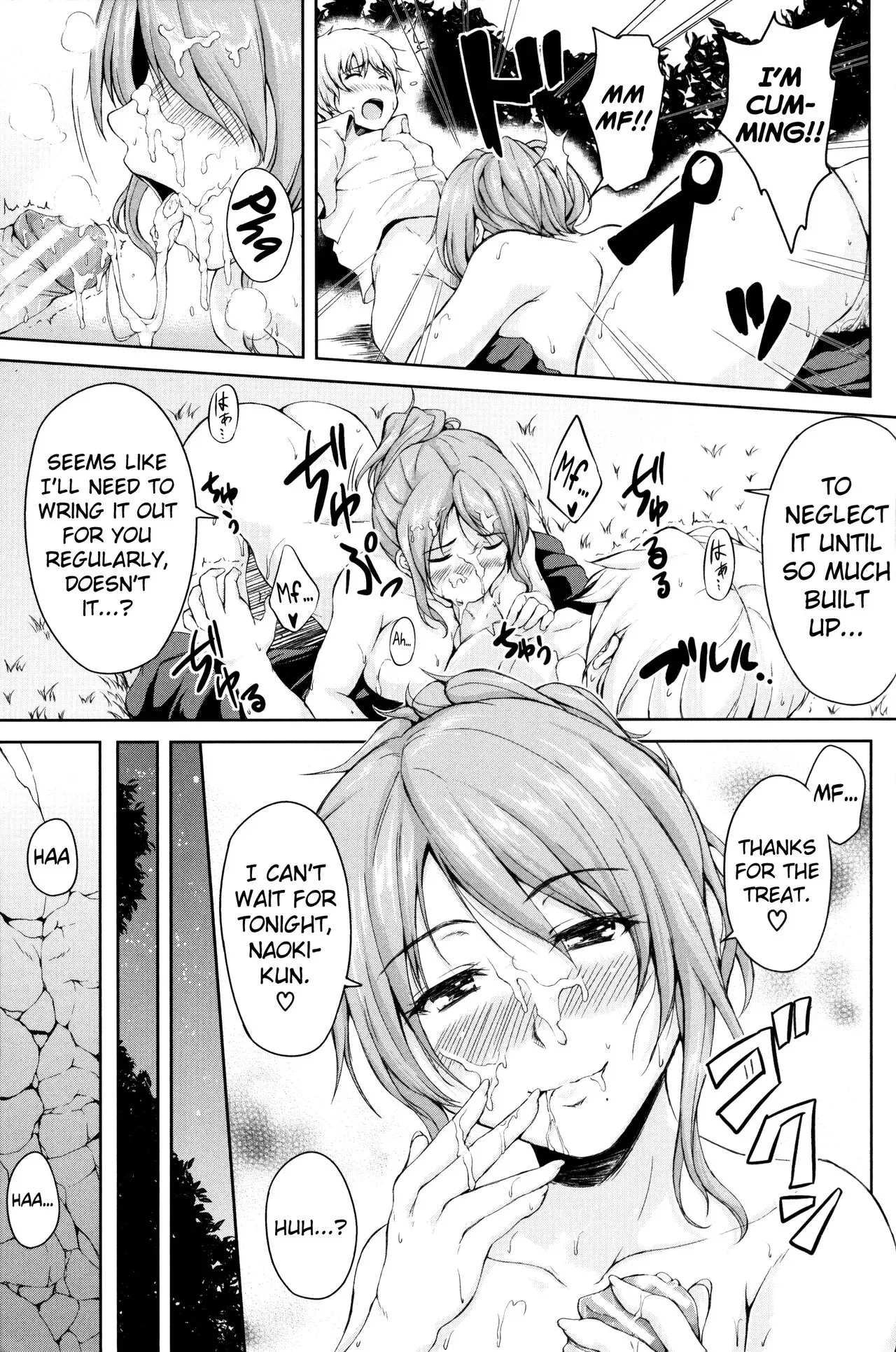
Gutters Leading In, Gutterless Action

But you don't need to rigidly stick to gutter-less for erotic action, you can switch back to gutters to control the flow, it doesn't always need to be foot to the floor in erotic moments.

Gutter-less for Purely Intense Feeling
Not just for erotic moments

Panel Shape Examples
Irregular Panels
Another tool to vary the intensity.

Panel Size Progressions
Spiral - Wide Establisher, Wide Two Shot + Spiral of Action

Big to Small to Medium

Full/Double Page Splash Examples
Action Splash
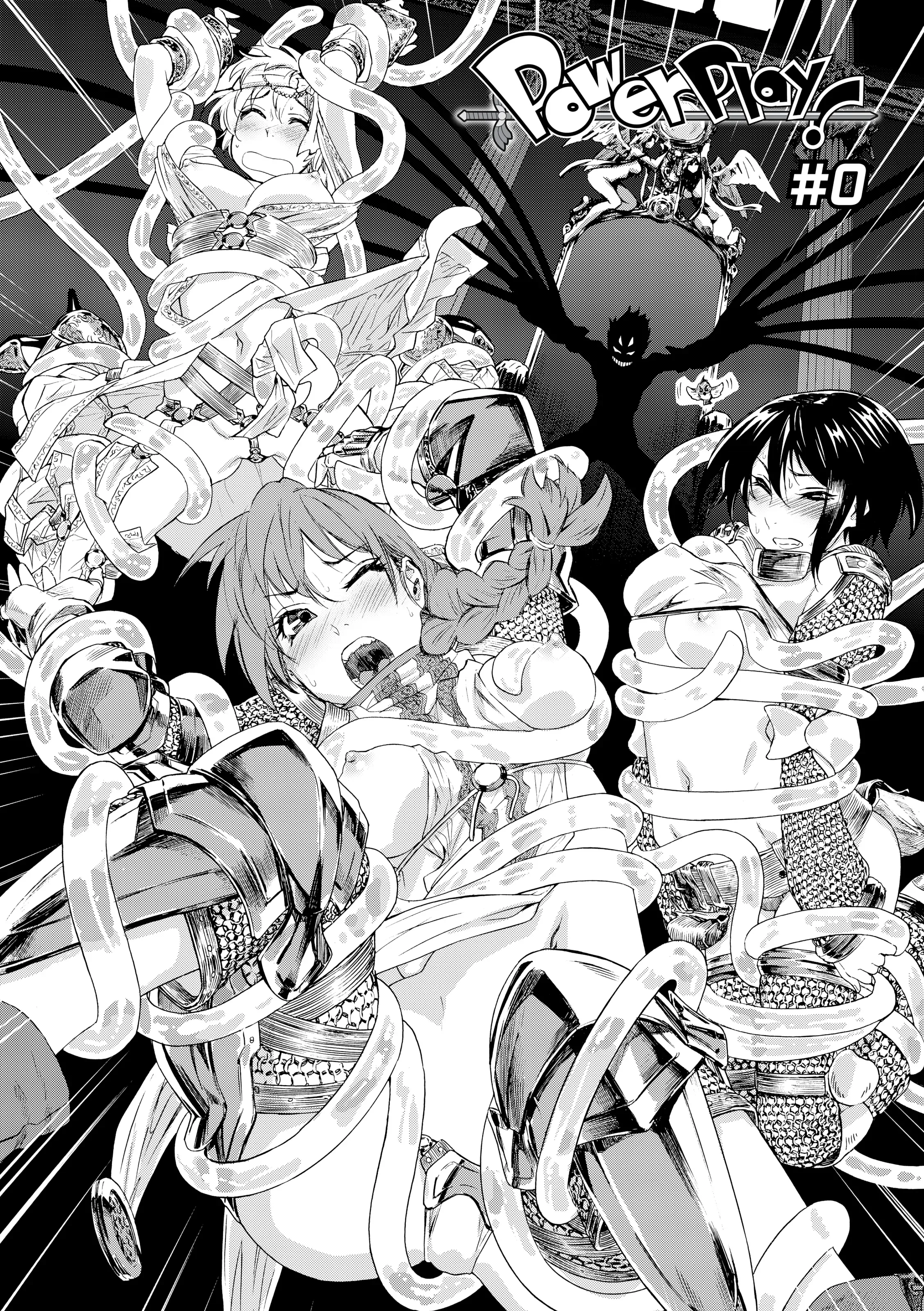
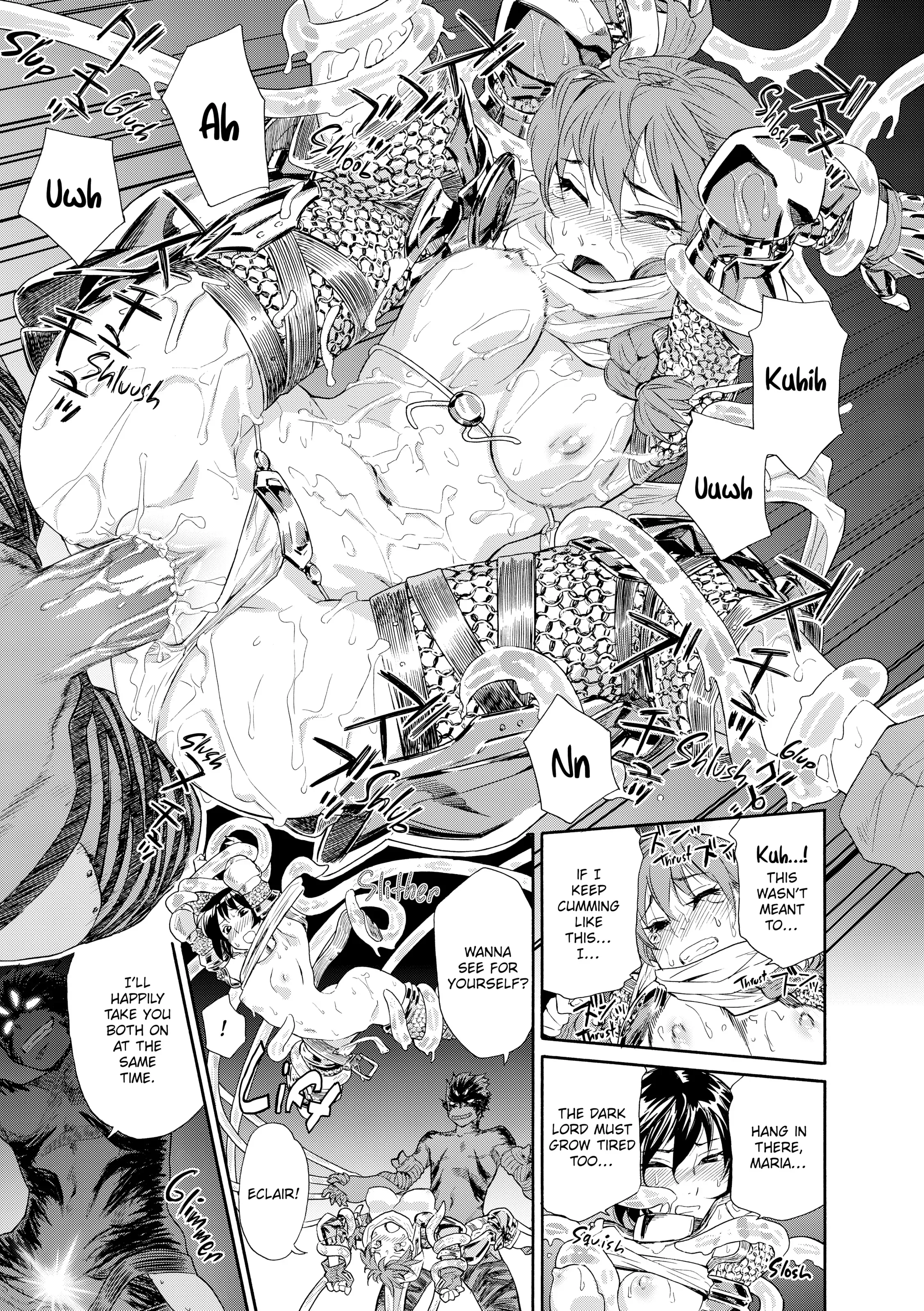
Thigh Up Crop
Close but not too close, thigh up, crop the very top of the head, use the background space to set scene and show a tiny bit of simultaneous action in the world

Double Page Splash Misc

Scene Transitions
Moving Location After Emotional Beat
Big gutter spacing with brief establishing of next location to not waste time shifting location while retaining clarity.

Next page jumps inside the classroom directly to the emotional beat closeup:

Scene to Peak to New Scene
Big to small to medium for the first page

Then hit an even bigger peak, before using overlapped small panels to transition to the new scene.

Impact/Intensity Hits
Twin Milf Example
Lots of gutter space around the reaction then a borderless panel

Passage of Time
Gutter Spacing - Mai Ball
Mai Ball uses this a lot, bigger gutters to show the passage of time with a few cues, then reduced gutter on the bottom two panels to show we are now back to real time.

Panelling/Drawing 'Rules' by Scene Type
Neutral Dialogue and Scene Setting
- Panel Shapes: Rectangular, uniform sizes
- Panel Sizing: Medium to small
- Camera Angles: Eye level, straightforward
- Typography: Standard fonts, regular speech bubbles
- Gutters and Spacing: Standard gutters
- Rule of Thumb: Keep it simple, focus on dialogue and setting
Romantic Moments
- Panel Shapes: Start to introduce non-rectangular shapes
- Panel Sizing: Medium, with occasional larger panels for close-ups
- Camera Angles: Soft angles, maybe some low-angle shots for heroic or uplifting moments
- Typography: Slightly decorative fonts, heart-shaped or colored speech bubbles
- Gutters and Spacing: Vary the gutters to control pacing
- Rule of Thumb: Make it tender but engaging, add details that heighten the mood
Erotic Scenes
- Panel Shapes: Irregular, dynamic
- Panel Sizing: Variable; bigger for climactic moments, smaller for subtle actions
- Camera Angles: Varied but expressive; high-impact actions can be exaggerated with steep angles
- Typography: Bold, larger text for exclamations; stylized fonts for special dialogue
- Gutters and Spacing: Manipulate for pacing; smaller for fast sequences, larger for "take it in" moments
- Rule of Thumb: Make the panels and layout as expressive as the action, break boundaries—literally
Intense/Climactic Moments
- Panel Shapes: Breaking out of the panel is encouraged
- Panel Sizing: Large to full-page for extreme impact
- Camera Angles: Dramatic upshots/downshots
- Typography: Very stylized, maybe even sound effects in the background
- Gutters and Spacing: Almost non-existent or chaotic
- Rule of Thumb: Pull out all the stops; this is your "finale," make it memorable
Mike Mignola Style - Dialogue-Heavy Scenes
- Panel Shapes: Often rectangular, maybe with some overlay panels for added texture
- Panel Sizing: Smaller, often to fit more dialogue and detail
- Camera Angles: Often fairly neutral but with dramatic lighting to keep the mood
- Typography: Very standard to keep the focus on dialogue
- Gutters and Spacing: Standard or tight, to fit more in
- Rule of Thumb: These are your lore-heavy, or emotionally charged dialogues; the art takes a backseat, but the mood remains
Action Sequences
- Panel Shapes: More dynamic, sometimes breaking borders
- Panel Sizing: Larger, sometimes full-page
- Camera Angles: Varies but often dramatic, leveraging shadow and light
- Typography: Bolder for action sounds, minimal dialogue
- Gutters and Spacing: Wider, or even non-existent to emphasize the action
- Rule of Thumb: Here, the art tells the story; minimalistic yet effective, a sort of "less is more but make that less really count."